Louis Stettner
“I have never been interested in photographs based solely on aesthetics, divorced from reality. I also doubt very much whether this is possible.”
Louis Stettner (1922–2016) was an American photographer known for his humanistic and documentary-style images of urban life, particularly in New York City and Paris. Over the course of a career that spanned more than seventy years, Stettner developed a body of work that explored the everyday experiences of individuals within the broader social and architectural landscapes of two of the world’s most iconic cities.
Early Life and Career
Stettner was born in Brooklyn, New York, in 1922. He began practicing photography at the age of thirteen after receiving a box camera from his parents. As a teenager, he regularly visited the Metropolitan Museum of Art, where he studied photographic prints and early issues of Camera Work, gaining exposure to the medium’s expressive and artistic potential.
In his late teens, he became affiliated with the Photo League in New York, a progressive collective of photographers dedicated to socially engaged documentary work. There, he received his only formal training in photography and was introduced to influential figures in the field, including Weegee, Edward Weston, and Lewis Hine.
At the age of eighteen, Stettner enlisted in the U.S. Army Signal Corps and served as a combat photographer during World War II. His service took him to Europe, New Guinea, the Philippines, and Japan, and the wartime experience left a lasting impression on both his worldview and artistic direction.
Following the war, Stettner returned to New York and reengaged with the Photo League as both a student and educator. In 1946, he made his first trip to Paris and relocated there permanently in 1947 to study at the Institut des Hautes Études Cinématographiques, where he completed a Bachelor of Arts degree in Photography and Cinema.
Photographic Style and Techniques
Louis Stettner’s photographic work is defined by a distinctly humanist sensibility. His primary focus was on the daily lives of ordinary people, whom he sought to represent with empathy, dignity, and psychological depth. He favored candid moments over posed compositions, emphasizing the quiet drama of routine and the emotional nuances of public and private life.
Stettner’s images often reflect a synthesis of two major visual traditions: the direct, unvarnished approach of American street photography and the lyrical, human-centered vision associated with French postwar photographers. His visual language is rooted in careful observation and social engagement, aiming not merely to document but to convey an individual perspective on life and society. As he noted in an interview, “What’s important for me is to see the photographer’s vision in a photograph, not just a raw document.”
Career Highlights
Over the course of his career, Stettner achieved recognition through a wide range of artistic, editorial, and academic contributions:
• Exhibitions: His first solo exhibition took place in 1949 at the “Salon des Indépendants” held at the Bibliothèque Nationale de France in Paris, marking the beginning of his visibility in the European art scene.
• Publications: During the 1950s, he worked as a freelance photographer for major international publications, including Time, Life, Fortune, and Du, producing photo essays and reportage that reflected his documentary strengths.
• Teaching: In the 1970s, Stettner taught photography at several New York institutions, among them Brooklyn College, Queens College, and Cooper Union. His teaching was informed by his practical experience and his philosophical commitment to socially conscious photography.
• Writing: Between 1971 and 1979, he contributed a monthly column titled “Speaking Out” to Camera 35 magazine. These writings offered critical perspectives on photography and art, positioning Stettner as both a practitioner and an articulate commentator on visual culture.
Photography Gear
• Rolleiflex Twin-Lens Reflex Camera: This medium-format camera allowed for waist-level shooting, enabling discreet photography—ideal for street scenes and candid portraits. The square format also provided a unique compositional perspective.
• Large Format View Camera: In his later years, Stettner utilized a large-format view camera, which offered exceptional image quality and detail. This was particularly beneficial for his architectural and landscape work, allowing for precise control over composition and perspective.
Books
“Louis Stettner” - This comprehensive monograph presents approximately 190 photographs spanning Stettner’s extensive career. Organized chronologically, it showcases his iconic images of New York and Paris, capturing urban architecture and candid street scenes. Notably, the book includes both his celebrated black-and-white works and previously unpublished color photographs. Essays by authors such as Sally Martin Katz and David Campany delve into Stettner’s experiences during World War II, his involvement with the Photo League, and his relationships with contemporaries like Weegee and Berenice Abbott. This volume offers a deep understanding of how personal history and social context can shape artistic vision.
“Louis Stettner: Traveling Light” - Celebrating a major acquisition of Stettner’s prints by the San Francisco Museum of Modern Art, this book features a selection of his most significant photographs alongside 19 essays he penned for Camera 35 between 1971 and 1979. Additionally, it includes a transcription of his 2002 lecture, “Photography: Style & Reality,” delivered at the International Center of Photography. This collection provides firsthand insights into Stettner’s philosophies on style, reality, and the evolving nature of photography as an art form.
“Louis Stettner: Wisdom Cries Out in the Streets” - This retrospective assembles photographs from the late 1940s onward, accompanied by essays written by Stettner himself. The book traces various phases of his career, offering candid reflections on his experiences and the subjects he captured. Stettner’s emphasis on framing and form is evident throughout, making this work particularly valuable for photographers interested in the nuances of composition and the humanistic approach to street photography.
“Louis Stettner’s New York 1950s-1990s” - Focusing on the ever-evolving landscape of New York City, this collection spans four decades of Stettner’s work. Featuring 100 duotone photographs, it captures the city’s dynamic nature and its inhabitants. This book serves as an exemplary study of urban photography, demonstrating how to document the transformation of a metropolis while maintaining a consistent artistic voice.
Quotes
• “I have never been interested in photographs based solely on aesthetics, divorced from reality. I also doubt very much whether this is possible.”
• “Brassaï showed me that it was possible to find something significant in photographing subjects in everyday life doing ordinary things by interpreting them in your own way and with your own personal vision.”
• “My photographs are acts of eloquent homage and deep remorse about [New York City]. I am profoundly moved by its lyric beauty and horrified by its cruelty and suffering.”
• “The photographs that remain strong and alive seem to be when your vision and reality are so inexorably wedded together it is impossible to separate them.”
• “My way of life, my very being is based on images capable of engraving themselves indelibly in our inner soul’s eye.”
Legacy and Influence
Louis Stettner’s work remains a testament to the power of photography to capture the human experience. His images of New York and Paris serve as historical documents, preserving the essence of these cities and their inhabitants. His dedication to portraying everyday life with authenticity and empathy continues to inspire photographers worldwide.
Louis Faurer
“I have an intense desire to record life as I see it, as I feel it.”
Louis Faurer (1916 - 2001) was an American photographer known for his candid street photography, capturing the essence of urban life in New York City and Philadelphia during the mid-20th century. His work provides a window into the daily lives of city dwellers, often focusing on individuals in moments of solitude or contemplation.
Early Life and Career
Born on August 28, 1916, in Philadelphia, Pennsylvania, to Polish immigrant parents, Faurer displayed an early interest in the arts. He attended the School of Commercial Art and Lettering in Philadelphia, where he studied advertising design. In 1937, he purchased his first camera, a used 35mm Kodak Vollenda, marking the beginning of his photographic journey.
During World War II, Faurer worked as a civilian photographer for the U.S. Army Signal Corps in Philadelphia. After the war, he relocated to New York City, immersing himself in the city’s vibrant art scene. There, he formed a close association with fellow photographer Robert Frank, sharing a darkroom and studio space. Faurer also admired Walker Evans, who introduced him to Alexander Liberman at Vogue, facilitating his entry into fashion photography.
Photographic Style and Techniques
Faurer’s street photography is characterized by its focus on the human condition within the urban environment. He often captured candid moments of individuals, highlighting themes of isolation and introspection amidst bustling city life. His compositions frequently employed high contrast, deep shadows, and reflections, drawing inspiration from the film noir aesthetic. Techniques such as tight cropping and the use of natural lighting were hallmarks of his work, adding depth and complexity to his images.
He once stated, “I have an intense desire to record life as I see it, as I feel it.”
Career Highlights
Throughout his career, Faurer contributed to several prominent fashion magazines, including Vogue, Harper’s Bazaar, Mademoiselle, and Glamour. Despite his success in fashion photography, he remained dedicated to his personal projects, capturing the essence of street life. His work was featured in notable exhibitions such as Edward Steichen’s “In and Out of Focus” (1948) and “The Family of Man” (1955) at the Museum of Modern Art.
In the mid-1960s, Faurer explored filmmaking, using handheld 16mm cameras to document street scenes, extending his photographic vision into motion pictures. Between 1969 and 1974, he lived and worked in Paris, further broadening his artistic horizons.
Photography Gear
Some of the gear he used includes:
• Kodak Vollenda 35mm Camera: His first camera, acquired in 1937, which initiated his journey into photography.
• Leica Rangefinder Cameras: Known for their compact size and quiet operation, these cameras were ideal for candid street photography, allowing Faurer to capture spontaneous moments discreetly.
• Arriflex 16mm Camera: Used during his exploration into filmmaking in the 1960s, enabling him to capture dynamic street scenes with ease.
• Beaulieu 16mm Camera: Another camera employed for his film projects, valued for its portability and versatility in capturing candid moments.
Books
Louis Faurer’s work is encapsulated in the monograph titled “Louis Faurer”(Amazon), published by Steidl in collaboration with the Fondation Henri Cartier-Bresson in 2016.
This publication presents a comprehensive collection of Faurer’s street photography from the 1940s and 1950s, focusing on the streets of New York City. The book includes approximately 100 images that showcase his ability to capture candid moments of urban life, emphasizing themes of solitude and introspection within the bustling city environment. Faurer’s use of natural light, reflections, and high-contrast compositions is evident throughout the collection, offering insights into his techniques and artistic vision.
For practicing photographers, this monograph serves as a valuable resource by illustrating how Faurer employed various photographic techniques to convey emotion and narrative. His work demonstrates the effective use of natural lighting and reflections to create mood and atmosphere, as well as the importance of capturing candid moments to tell compelling stories. Additionally, the book provides context through essays and interviews, shedding light on Faurer’s approach and the historical backdrop of his work.
Quotes
• “Original art emanates in the mind… and lessens society’s confusion from self-indulgence, avarice, and greed to trust, hope, and love.”
• “I have an intense desire to record life as I see it, as I feel it.”
Legacy and Influence
Louis Faurer’s work remains a significant contribution to American postwar street photography. His photographs from New York and Philadelphia serve as historical records of mid-20th-century urban life. Though he did not achieve widespread recognition during his most active years, his work gained broader attention in the 1990s. Faurer is now regarded as a key figure in 20th-century American photography, particularly for his focus on personal, often overlooked moments in public settings.
Lee Friedlander
"Photography is like fishing. You go out, and sometimes you catch something."
Born 1934
Street photography has long been celebrated for its ability to capture the raw, unfiltered pulse of life. Among its most innovative practitioners is Lee Friedlander, a photographer whose work redefined the genre with its complexity and wit. Known for his layered compositions and unique vision, Friedlander has become a cornerstone of modern photography, offering practicing photographers invaluable lessons on seeing the world differently.
Early Life and Career
Lee Friedlander was born in 1934 in Aberdeen, Washington. He showed an early interest in photography and began learning the craft in high school. Friedlander studied at the Art Center College of Design in Pasadena, California, before moving to New York City in 1956 to work as a professional photographer. Early on, he supported himself by photographing jazz musicians, including legends like John Coltrane and Miles Davis, creating album covers that showcased his ability to capture dynamic compositions even in posed portraits.
In the 1960s, Friedlander emerged as a key figure in the world of street photography. His work gained recognition through exhibitions and publications, particularly the groundbreaking 1967 exhibition "New Documents" at the Museum of Modern Art (MoMA), curated by John Szarkowski. Alongside Garry Winogrand and Diane Arbus, Friedlander’s work highlighted a new direction in documentary photography—one that focused on personal vision rather than traditional storytelling.
Photographic Style and Techniques
Friedlander’s photographs are immediately recognizable for their dense and intricate compositions. He often used reflections, shadows, and obstructions like fences or window frames to create layers within the frame. This approach invites viewers to look deeper, as his images are rarely about one single subject but rather the interplay between elements in a scene.
Key Characteristics of Friedlander’s Style:
Reflections and Shadows: Friedlander often used reflective surfaces, such as shop windows or mirrors, to create complex visual layers.
Self-Portraits: He frequently inserted himself into his work, often through reflections or shadows, turning mundane moments into playful explorations of identity.
Urban Chaos: Many of his photos feature seemingly chaotic scenes that reveal a hidden order when closely examined, emphasizing the complexity of modern life.
Graphic Elements: His use of lines, shapes, and textures adds a graphic quality to his images, making them visually compelling even in their apparent randomness.
Career Highlights
Friedlander’s career is marked by numerous achievements that cemented his place as a master of photography:
"The American Monument" (1976): A celebrated series exploring public statues and monuments, blending history with contemporary street life.
Self-Portraiture: His 1970 book, Self Portrait, is a groundbreaking exploration of the genre, merging humor with artistic experimentation.
Awards and Recognition: Friedlander received a MacArthur Fellowship in 1990, affirming his status as one of the most innovative artists of his time.
Extensive Books and Exhibitions: With over 50 monographs published, Friedlander’s work has been shown in major institutions worldwide, influencing countless photographers.
Photography Gear
Cameras:
Leica M Series: Friedlander’s choice of camera reflects his preference for manual control and precision. Leica’s rangefinder cameras are renowned for their compact size and excellent optics, making them ideal for discreet street photography.
Hasselblad Medium Format Cameras: He also used medium-format cameras for projects that demanded higher resolution, such as his landscape work. Hasselblad cameras are known for their sharp lenses and square format, which complement his meticulous compositions.
Lenses:
Wide-Angle Lenses: Friedlander’s frequent use of wide-angle lenses allowed him to include more elements in his frame, enhancing the layered complexity of his photographs. Brands like Leica and Zeiss produce lenses that meet these demands with exceptional quality.
Film:
Kodak Tri-X Film: A favorite among street photographers, this black-and-white film offered Friedlander the high contrast and tonal range necessary to bring out the textures and shadows in his images.
Books:
“Lee Friedlander: Workers: The Human Clay” - This volume is a tribute to individuals engaged in diverse occupations across America. Friedlander captures performers, salespeople, athletes, and more, both in action and at rest. Spanning six decades, the collection features over 250 photographs, many published for the first time. For photographers, this work exemplifies the art of humanist portraiture, emphasizing the dignity and diversity of labor. It serves as a masterclass in capturing candid moments that reveal the essence of the human experience.
“Lee Friedlander: America by Car” - In this collection, Friedlander explores the American landscape from the unique vantage point of his car. Utilizing elements like sideview mirrors, rearview mirrors, windshields, and side windows as framing devices, he presents a distinctive perspective on the country’s eccentricities and obsessions. This approach offers photographers a lesson in innovative composition, demonstrating how everyday objects can be used to create compelling frames within frames. The nearly 200 images encourage a reevaluation of perspective and framing techniques in street and landscape photography.
“Lee Friedlander: Real Estate” - This volume presents 155 photographs spanning 60 years, focusing on the built environment within the American social landscape. Friedlander’s images delve into the interplay between architecture and society, capturing the essence of various structures and their roles in daily life. For photographers, this work underscores the importance of observing and documenting the spaces we inhabit, highlighting how buildings and urban planning reflect cultural values and social dynamics.
“Lee Friedlander: The People’s Pictures” - Spanning six decades and various geographies, this collection showcases how individuals interact with the world through photography. Friedlander captures the presence of photographs in public spaces, exploring how images define and influence societal perceptions. This work offers photographers insight into the pervasive nature of imagery in the social landscape, encouraging reflection on the role of photography in shaping public space and collective consciousness.
Quotes
"I’m interested in how things fit together. It’s never just about one thing."
"Photography is like fishing. You go out, and sometimes you catch something."
"My photographs are not abstractions. They are meant to be understood as representations of what I saw."
"You don’t have to go far to find something interesting. The trick is to look at it in a different way."
"The world is full of chaos, and that’s the fun of it."
Legacy and Influence
Lee Friedlander’s impact on photography is profound, shaping how we perceive and approach street photography today. His emphasis on visual complexity and personal perspective pushed the boundaries of the genre, inspiring photographers to embrace experimentation.
Today, Friedlander’s influence can be seen in the work of photographers who challenge traditional composition and explore unconventional approaches to storytelling. For those looking to deepen their practice, studying Friedlander’s oeuvre offers invaluable lessons on seeing and interpreting the world’s inherent complexity.
Friedlander’s photographs remain as relevant as ever, a testament to his unparalleled ability to find beauty and meaning in the chaos of everyday life.
Ernst Haas
“Bored with obvious reality, I find my fascination in transforming it into a subjective point of view.”
Ernst Haas, an Austrian-born photographer, revolutionized the world of photography with his pioneering work in color. His exceptional ability to transform ordinary scenes into extraordinary compositions made him a legendary figure in street photography and beyond.
Early Life and Career
Ernst Haas was born on March 2, 1921, in Vienna, Austria. His early years were spent in a city rich with cultural heritage and artistic influence, which undoubtedly shaped his creative inclinations. Initially, Haas aspired to become a doctor, a path influenced by his family’s expectations and the socio-economic stability it promised. However, the devastation of World War II profoundly impacted his life and career trajectory.
After the war, Vienna was a city marked by chaos and reconstruction. It was in this environment that Haas found solace and expression through photography. In 1946, he acquired his first camera, a Rolleiflex, and began to experiment with the medium. His first significant photographic project documented the return of Austrian prisoners of war, capturing the raw emotions and stark realities of their experiences. These images were published in the magazine Heute, garnering critical acclaim and bringing Haas into the limelight.
The success of this project caught the attention of Life magazine, which featured his work and offered him a position as a staff photographer. Haas, valuing his artistic independence, declined the offer but continued to collaborate with the magazine.
In 1949, Haas joined Magnum Photos, an esteemed cooperative founded by Robert Capa, Henri Cartier-Bresson, George Rodger, and David “Chim” Seymour. This affiliation provided Haas with a platform to collaborate with some of the most influential photographers of the time. His relationships with Capa and Cartier-Bresson were particularly significant; they encouraged his exploration of color photography, a relatively uncharted territory in photojournalism during the early 1950s .
Haas’s move to the United States in 1951 marked a new chapter in his career. The vibrant and diverse urban landscape of New York City became his canvas. Embracing Kodachrome film, he started to experiment with color photography, capturing the city’s dynamic energy and transforming everyday scenes into visually striking compositions. His work during this period was characterized by a meticulous attention to color, light, and movement, distinguishing him as a pioneer in the field.
In 1953, Life magazine published Haas’s 24-page color photo essay on New York City, a groundbreaking feature that highlighted his innovative use of color and solidified his reputation as a master of the medium. This publication was significant not only for Haas’s career but also for the broader acceptance and appreciation of color photography in the art and photojournalism communities.
Throughout the 1950s and 1960s, Haas continued to push the boundaries of color photography, creating a body of work that was both technically brilliant and artistically profound. His ability to blend the aesthetic qualities of painting with the immediacy of photography earned him numerous accolades and a prominent place in photographic history. His collaborations with major publications like Vogue, Look, and Du magazine further cemented his influence and reach.
Photographic Style and Techniques
Ernst Haas is best known for his groundbreaking use of color photography. At a time when black-and-white dominated the field, Haas’s vibrant color images stood out. He began experimenting with Kodachrome color film in the early 1950s, pushing the boundaries of what was considered acceptable in photojournalism and art photography. His work often featured:
• Selective Focus and Narrow Depth of Field: Haas used these techniques to isolate subjects and create a painterly effect.
• Blurred Motion: He captured movement in a way that conveyed emotion and dynamism, often using slow shutter speeds.
• Abstract Compositions: Haas’s images frequently resembled abstract paintings, emphasizing form and color over traditional narrative.
Career Highlights
• 1953: Life magazine published his 24-page color photo essay on New York City, a groundbreaking feature that highlighted his innovative use of color.
• 1962: The Museum of Modern Art in New York hosted a retrospective of his work, the first color photography exhibition at the institution.
• Books: Haas authored several influential books, including The Creation (1971) and In America (1975), which showcased his mastery of color and composition.
• Awards: He received numerous accolades, including the prestigious Hasselblad Award in 1986.
Photography Gear
Cameras
• Leica M3: Known for its precision and compact design, the Leica M3 was ideal for street photography, allowing Haas to shoot candidly and spontaneously.
• Rolleiflex: This medium format camera provided exceptional image quality and was perfect for Haas’s detailed, high-resolution work.
Lenses
• Summicron 50mm f/2: A versatile lens that offered sharpness and excellent low-light performance, enabling Haas to capture a range of scenes with clarity.
• Elmarit 90mm f/2.8: This telephoto lens allowed Haas to isolate subjects from a distance, creating intimate portraits without intruding on the scene.
Film
• Kodachrome: Renowned for its rich color saturation and fine grain, Kodachrome film was instrumental in Haas’s ability to produce vibrant and dynamic images.
Photography Books
“Ernst Haas: New York in Color, 1952-1962” is a captivating collection that showcases Haas’s early color photography during his time in New York City. Moving from Vienna to New York in 1951, Haas embraced the vibrant energy of the city, capturing its essence through the lens of Kodachrome film. This book highlights his remarkable talent for color photography, presenting images rich in depth, lyricism, and dramatic tension. Practicing photographers will find inspiration in Haas’s innovative use of color to convey the dynamism of urban life, demonstrating his technical prowess and artistic vision.
“Ernst Haas: The American West” offers a poignant portrayal of America’s geographic and cultural landscapes through Haas’s color-saturated images. From desert storms and neon lights to small-town parades and rural poverty, Haas’s photographs communicate a unique pictorial language filled with poetry and light. This book serves as both a national portrait and a celebration of analog color photography, making it a valuable resource for photographers interested in capturing the vast and diverse beauty of the American West. Haas’s ability to blend a journalist’s perspective with an artist’s eye offers profound insights into the storytelling potential of color photography.
“Ernst Haas: Abstract” is a visually stunning collection that showcases Haas’s most cherished and personal project. Originally conceived as an audiovisual slideshow, this book features high-quality reproductions of images captured from 1952 to 1984. While titled “Abstract,” many photographs depict recognizable surfaces and scenes, revealing Haas’s mastery of color, light, and composition. Photographers will appreciate the way Haas transforms everyday details into poetic visual narratives, encouraging a deeper exploration of the abstract elements in their surroundings. David Campany’s introductory essay provides valuable context and enhances the reader’s understanding of Haas’s artistic journey.
“In America” presents an extraordinary collection of images that capture the essence of American life and landscapes. From natural phenomena to man-made creations, Haas offers unique glimpses into “living Americana.” This book features 105 full-page color plates, each showcasing Haas’s supreme ability to depict the beauty and diversity of the American experience. Photographers will find this collection inspiring for its comprehensive portrayal of America’s vastness and the delicate interplay of land, water, and sky. Haas’s work in this volume serves as a testament to his skill as a color photographer and his deep connection to the subject matter.
Quotes
“There is only you and your camera. The limitations in your photography are in yourself, for what we see is what we are.”
“Bored with obvious reality, I find my fascination in transforming it into a subjective point of view.”
“The camera doesn’t make a bit of difference. All of them can record what you are seeing. But you have to SEE.”
“Without touching my subject I want to come to the moment when, through pure concentration of seeing, the composed picture becomes more made than taken.”
“A picture is the expression of an impression. If the beautiful were not in us, how would we ever recognize it?”
Legacy and Influence
Ernst Haas’s contributions to photography have left an indelible mark on the field. His innovative use of color and abstract compositions paved the way for future generations of photographers. Haas’s work remains influential, continuing to inspire photographers to see the world through a different lens and to explore the artistic potential of color and form.
Photographers like Saul Leiter and Joel Meyerowitz have shared Haas’s passion for color and street photography, contributing to the rich legacy of visual storytelling that Haas helped to establish.
William Eggleston
“I am at war with the obvious.”
Portrait by Bill Brown
William Eggleston, often hailed as the godfather of color photography, revolutionized the medium with his vibrant depictions of everyday life in the American South. His work transcends mere documentation, capturing the essence of his subjects with a unique blend of color, composition, and a keen eye for the extraordinary in the mundane.
Early Life and Career
Born on July 27, 1939, in Memphis, Tennessee, William Eggleston grew up in the culturally rich environment of the southern United States. His early life was marked by a profound interest in visual arts, which led him to study at various institutions, including Vanderbilt University and the University of Mississippi. However, it was his time at Harvard that proved pivotal, as he prepared his first significant portfolio, “14 Pictures” (1974)
Photographic Style and Techniques
Eggleston’s photographic style is characterized by its vibrant use of color and unorthodox composition. His shift from black and white to color photography in the mid-1960s marked a significant turning point. Utilizing the dye-transfer printing process, Eggleston achieved rich, saturated colors that became a hallmark of his work. This process, typically reserved for commercial applications, allowed him to manipulate each color individually, resulting in striking images like “The Red Ceiling” .
Eggleston’s technique often involved shooting without a viewfinder, akin to a shotgun approach, which he likened to a more intuitive and less calculated method of capturing moments. This approach contributed to his distinctive “snapshot” aesthetic, characterized by spontaneous, candid compositions that evoke a sense of immediacy and authenticity .
Career Highlights
Eggleston’s career is studded with notable achievements and exhibitions. His 1976 solo exhibition at the Museum of Modern Art (MoMA) in New York is often cited as a watershed moment in the acceptance of color photography as a legitimate art form . This exhibition, curated by John Szarkowski, featured works that highlighted Eggleston’s ability to find beauty and significance in ordinary scenes.
Over the decades, Eggleston’s work has been published extensively, with significant portfolios including “William Eggleston’s Guide” (1976), “The Democratic Forest” (1989), and “Chromes” (2011) . His images have graced numerous album covers and his influence extends into music, with the release of his own electronic soundscapes in 2017.
Photography Gear
Cameras
• Leica M6: Known for its precision and reliability, the Leica M6 was a favored camera for its compact size and exceptional lens quality, ideal for Eggleston’s street and documentary photography.
• Canon AE-1: This SLR camera provided versatility and ease of use, making it a staple in Eggleston’s gear for capturing spontaneous moments.
Lenses
• 50mm f/1.4: Often used for its ability to capture images in low light with a shallow depth of field, perfect for Eggleston’s intimate and detailed shots.
• 28mm f/2.8: A wide-angle lens that allowed Eggleston to include more context and environment in his compositions, enhancing the storytelling aspect of his photographs.
Film
• Kodachrome 64: Known for its rich color saturation and fine grain, this film was crucial in achieving the vivid hues that Eggleston’s work is celebrated for.
Photography Books
William Eggleston’s Guide was the first one-man show of color photographs ever presented at The Museum of Modern Art (MoMA) in New York, significantly altering the art world’s perception of color photography. This book, featuring 48 carefully curated images from over 375 taken between 1969 and 1971, showcases Eggleston’s mastery of color as a crucial compositional element. The guide’s textured cover, inset with a photograph of a tricycle and stamped with yearbook-style gold lettering, adds to its charm. The images, portraying everyday scenes in and around Memphis, exemplify Eggleston’s ability to find beauty in the mundane, offering practicing photographers invaluable lessons in composition, color usage, and the art of capturing everyday life with a refined, yet deceptively casual look.
William Eggleston: Chromes is a three-volume set that delves into over 5,000 Kodachromes and Ektachromes taken by Eggleston, chronicling his early experiments with color and composition. This collection, drawn from binders found in the Eggleston Artistic Trust, offers a rare glimpse into the evolution of Eggleston’s photographic style. The images capture early Memphis scenes and highlight Eggleston’s developing technique of creating balanced compositions from seemingly random objects. The “Chromes” provides a comprehensive view of how Eggleston’s eye for color and composition matured, demonstrating the process of refining one’s craft and the importance of exploring and experimenting with new techniques.
William Eggleston: The Outlands presents nearly one hundred previously unseen images from the 1960s and 1970s. This series captures the evolving American South through vibrant colors and nostalgic themes, establishing visual motifs that Eggleston would continue to develop throughout his career. The book includes a variety of memorable images, such as a wood-paneled station wagon in a rural setting and intimate portraits of Eggleston’s family. Accompanied by a fictional narrative from Rachel Kushner and scholarly insights from Robert Slifkin, this book offers photographers an in-depth look at Eggleston’s dynamic and experimental practice, emphasizing the importance of revisiting and reinterpreting familiar landscapes and subjects.
William Eggleston Portraits showcases a collection of Eggleston’s masterful portraits, highlighting his ability to elevate the commonplace to art through his unique compositions and use of color. The book features a range of subjects, from anonymous individuals in his hometown of Memphis to celebrities like Dennis Hopper and Eudora Welty. It also includes an essay, a chronology, and interviews with Eggleston and his family, providing new insights into his artistic process. For photographers, this collection emphasizes the significance of capturing candid moments and the narrative potential of portrait photography, offering inspiration for creating compelling and evocative images of everyday life.
Quotes
“I am at war with the obvious.”
“I’ve never taken the same picture twice.”
“I don’t know of any totally red pictures, except in advertising. The photograph is still powerful. It shocks you every time.” - Eggleston on the iconic “The Red Ceiling”.
“The world is so visually complicated, I don’t want it simplified.”
“I am afraid that there is nobody else in the world exactly like me, and I am afraid that there is nobody else in the world exactly like you either.”
Legacy and Influence
William Eggleston’s influence on photography is profound and far-reaching. By elevating color photography to an art form, he paved the way for future generations of photographers. His work has been compared to that of Saul Leiter, who also utilized color to transform street photography into a vibrant, expressive medium even thought Leiter is often more abstract. Similarly, Stephen Shore shares Eggleston’s fascination with everyday scenes and color, contributing to the evolution of contemporary photographic art.
Eggleston continues to inspire and challenge photographers to look beyond the surface, finding beauty and meaning in the overlooked corners of the world. His legacy is preserved through institutions like the Eggleston Artistic Trust and the Eggleston Art Foundation, ensuring that his contributions to photography will be appreciated for generations to come .
In conclusion, William Eggleston’s pioneering work in color photography has left an indelible mark on the art world, encouraging photographers to embrace color and the everyday with a fresh perspective.
Thomas Hoepker
“A photo can be more than just a picture. It can be a piece of history.”
Thomas Hoepker (Instagram) is a name synonymous with compelling and insightful documentary photography. Born in Munich, Germany, in 1936, Hoepker has carved a niche for himself with his striking and often poignant images that capture the essence of human experiences. As a celebrated member of Magnum Photos, his work spans decades and continents, documenting everything from the grandeur of the Olympic Games to the harrowing aftermath of 9/11.
Early Life and Career
Hoepker’s journey into photography began at an early age. Fascinated by images, he started experimenting with photography as a teenager, initially using a plate camera and later transitioning to a 35mm Akarette camera. His formal education in art history and archaeology provided a solid foundation, enriching his understanding of visual storytelling.
In the early 1960s, Hoepker worked for Münchner Illustrierte and Kristall magazines, traveling extensively and honing his skills in reportage photography. His big break came in 1964 when he joined Stern magazine as a photo reporter. This role allowed him to travel the world and cover significant events, bringing his unique perspective to a broader audience.
Photographic Style and Techniques
Hoepker’s photographic style is marked by a blend of meticulous composition and an acute sensitivity to the human condition. His images are not just visual records but are imbued with narratives that speak to the observer on a deeper level. He is adept at using color to enhance the emotional impact of his photos, a technique that sets him apart from many of his contemporaries.
Techniques:
• Use of Color: Hoepker’s transition to color photography in the 1970s marked a significant evolution in his work. His ability to use color to convey mood and context adds a layer of complexity to his images.
• Composition: He employs strong compositional techniques, often using leading lines, framing, and the rule of thirds to create visually compelling photographs.
• Human Element: His focus on capturing candid human expressions and moments adds authenticity and emotional depth to his work.
Career Highlights
Throughout his career, Thomas Hoepker has achieved numerous milestones that highlight his influence and contribution to documentary photography.
• Muhammad Ali Series: Hoepker’s images of Muhammad Ali, captured over several decades, are some of his most iconic works. These photographs chronicle the boxer’s career and personal life, offering a nuanced portrayal of the sports legend.
• 9/11 Documentation: His haunting images of the September 11 attacks in New York City are widely recognized. These photos not only document the event but also reflect the emotional and social impact of the tragedy.
• Magnum Photos: Hoepker’s association with Magnum Photos began in 1964. He served as the president of the prestigious agency from 2003 to 2006, influencing the direction and ethos of the organization.
Photography Gear
Hoepker’s choice of gear has evolved over the years, reflecting technological advancements and his own changing needs as a photographer.
Cameras:
• Leica M Series: Known for their precision and durability, Leica cameras have been a staple in Hoepker’s kit. The Leica M series, particularly, is favored for its compact size and exceptional lens quality, making it ideal for street and documentary photography.
• Canon AE-1: This 35mm SLR camera, popular in the 1970s and 80s, is renowned for its reliability and ease of use, which suited Hoepker’s need for flexibility in various shooting conditions.
Lenses:
• 50mm f/1.4: A versatile lens that provides a natural field of view, making it perfect for portraits and general photography.
• 35mm f/2: Ideal for wide-angle shots, this lens is great for capturing expansive scenes without distorting the subjects.
Photography Books
“New York: Revised Edition” - New York: Revised Edition by Thomas Hoepker, is an expansive visual documentation of New York City from the early 1960s to the present. Hoepker, a legendary photojournalist and former president of Magnum Photos, captures the evolving spirit of the city through its vibrant streets and diverse inhabitants. This book is invaluable for practicing photographers, offering insights into urban photography, the use of natural light in dynamic environments, and the importance of capturing the essence of a city’s character. The images reflect the complex moods of New York, making it a rich source of inspiration and technical guidance for photographers aiming to master street photography.
“Thomas Hoepker - Big Champ” - Thomas Hoepker - Big Champ, presents an intimate portrait of Muhammad Ali through the lens of Thomas Hoepker. This book goes beyond Ali’s public persona, showcasing lesser-known and previously unpublished photographs that reveal private moments and off-ring encounters. For photographers, this collection is a masterclass in portraiture and the documentation of a cultural icon. Hoepker’s ability to capture the essence of Ali’s personality, even in candid moments, provides valuable lessons on timing, composition, and the subtle art of storytelling through images.
“Thomas Hoepker Photographien 1955-2005” - Thomas Hoepker Photographien 1955-2005, is a comprehensive retrospective of Hoepker’s work spanning five decades. This German edition showcases a wide array of his photographic achievements, from early black-and-white images to his later color works. Practicing photographers will find this book a treasure trove of technical expertise and artistic inspiration. Hoepker’s evolution in style and technique is meticulously documented, providing insights into his approach to composition, use of light, and adaptation to different photographic technologies over the years.
“Thomas Hoepker - Strange Encounters” - Thomas Hoepker - Strange Encounters, compiles a selection of Hoepker’s more whimsical and unexpected images taken throughout his career. This book highlights his keen eye for the absurd and humorous moments in everyday life, capturing fleeting scenes that often go unnoticed. For photographers, “Strange Encounters” emphasizes the importance of spontaneity and the ability to see beyond the ordinary. It teaches the value of observation, patience, and the readiness to capture the serendipitous moments that add depth and humor to the human experience. Each photo is accompanied by informative captions, offering context and insights into Hoepker’s thought process and technique.
Quotes
“A photo can be more than just a picture. It can be a piece of history.”
“The challenge is to capture the essence of the moment without disturbing it.”
“Color adds a layer of reality that black and white cannot convey.”
“A good photograph is one that communicates a fact, touches the heart, and leaves the viewer a changed person for having seen it.”
“Documentary photography is about bearing witness to the world.”
Legacy and Influence
Thomas Hoepker’s impact on documentary photography is immense. His ability to blend art and journalism has influenced countless photographers and solidified his place in the pantheon of great photographers. His work not only provides a visual history of the last half-century but also challenges viewers to engage with the world more deeply.
Similar style and approach can be seen in the works of contemporary photographers like Sebastião Salgado, who also uses powerful imagery to address social issues, and Steve McCurry, known for his vibrant color photography and compelling portraits.
Conclusion
Thomas Hoepker’s career is a testament to the power of photography to document, influence, and inspire. For practicing photographers, his work serves as a powerful reminder of the importance of empathy, composition, and the ability to see beyond the surface. Whether capturing the face of a legendary boxer or the aftermath of a tragedy, Hoepker’s images resonate with truth and humanity, offering lessons that transcend time and place.
Ave Pildas
"I'm happiest when I'm away from my studio, away from my house, and out with my camera.”
In the annals of street photography, few names resonate with the vibrancy and depth of Ave Pildas. His journey from the jazz-infused streets of the Midwest to the bustling energy of Hollywood Boulevard paints a portrait of a man whose lens has captured the evolving American landscape. This article delves into the life, style, and legacy of Ave Pildas, offering insights into his enduring impact on the world of photography.
Early Life and Career
Born in the heart of Cincinnati, Ohio, Pildas's early life was a far cry from the world of photography. Initially setting out to pursue architecture, a pivotal critique at the University of Cincinnati redirected his path towards design. However, it was during his tenure at Capitol Records as an Art Director that Pildas's passion for photography began to crystallize. His transition from designing album covers to capturing the essence of street life marked the beginning of an illustrious career behind the lens.
Photographic Style and Techniques
Pildas's photographic style is a reflection of his architectural beginnings - structured, yet brimming with spontaneity. His images, characterized by sharp contrasts and dynamic compositions, capture the pulse of urban life. His technique of pre-focusing and waiting for the perfect moment mirrors the patience and precision of a seasoned architect. Pildas's choice of black and white film adds a timeless quality to his snapshots of fleeting moments.
Career Highlights
Pildas's career is dotted with highlights that span across decades and continents. His intimate jazz portraits provide a window into the soulful depths of the genre, while his architectural and street photography showcases the evolving American urban landscape. Notable exhibitions and accolades aside, Pildas's role as a Professor Emeritus at Otis College of Art and Design underscores his commitment to shaping the next generation of photographers.
Photography Gear Used by Ave Pildas
Leica M6: Renowned for its precision and versatility, the Leica M6 was a staple in Pildas's gear. Its unobtrusive design made it perfect for candid street photography, allowing Pildas to blend into the background and capture authentic moments.
Tri-X Film: Known for its excellent grain structure and ability to perform in varied lighting conditions, Tri-X film was Pildas's go-to choice. Its high-speed properties were ideal for the dimly lit jazz clubs and bustling streets that often served as his subjects.
Photography books
"Movie Palaces": This book offers a captivating journey through the golden age of American movie theaters, showcasing Ave Pildas's brilliant color photographs of these cinematic temples. Pildas captures the essence of the spectacle and glamour that defined these architectural marvels, focusing on details like marquees, box offices, lobbies, and the dazzling terrazzo floors. "Movie Palaces" serves as a valuable resource for practicing photographers, offering inspiration from the meticulous attention to detail and the use of color to capture the grandeur of these vanishing treasures. The unique perspective and framing provide a deep understanding of how to photograph architectural interiors and exteriors, making it a treasure trove of insights and techniques.
"Ave Pildas: Bijou": This special limited edition book is not only a collection of Pildas's photographs but an artifact in itself, limited to 500 hand-numbered copies and including an original print signed by Pildas. The book focuses on the smaller details that might go unnoticed, teaching photographers the value of looking beyond the obvious and finding beauty in the minutiae. Through the 11 duotone plates, Pildas demonstrates his prowess in capturing the essence of his subjects, making "Ave Pildas: Bijou" a source of inspiration and a lesson in the art of subtlety and precision in photographic storytelling.
"Star Struck": In this first monograph in over four decades, Ave Pildas takes readers to the Hollywood Boulevard of the 1970s, a time when the area had more of a neighborhood feel, filled with a vibrant and diverse cast of characters. Through Pildas's lens, every individual is a star, capturing the essence of Hollywood's Walk of Fame with a sense of generosity and warmth. The book offers invaluable insights into capturing the human element in urban environments, highlighting techniques for engaging with subjects and drawing out their unique stories. "Star Struck" provides a deep dive into the approach of making everyone feel like a main character, offering inspiration and techniques for photographers interested in portrait and street photography.
Quotes
"I mean I pretty much compose every picture, even though many of them are taken quite quickly."
“I think that sometimes if I want to make a political statement or if I have a feeling about a certain issue... one picture does not tell the whole story."
"I'm happiest when I'm away from my studio, away from my house, and out with my camera.”
"Keep taking photos.”
"Laughing at oneself is something everyone should do."
Legacy and Influence
Ave Pildas's legacy extends beyond his photographic collections and exhibitions. His profound influence on the realms of street and jazz photography remains palpable. While Pildas carved a unique niche for himself, the echoes of his style can be seen in the works of other great photographers like Henri Cartier-Bresson and Robert Frank. These photographers, each with their distinct perspectives, share Pildas's acute sense of timing and profound understanding of the human condition.
Pildas's work continues to inspire a new generation of photographers to explore the streets with a keen eye and a compassionate heart. His dedication to education and mentorship has seeded the growth of countless artists who continue to push the boundaries of the medium. In Ave Pildas's photographs, we find not just images, but stories, emotions, and a timeless window into the human experience. His work reminds us that beauty, complexity, and intrigue can be found in the most ordinary of settings, waiting just to be captured.
Bruce Davidson
"I'm a humanist; I see the little things that we all share together."
Bruce Davidson, a name that resonates deeply in the world of street photography, has long been recognized as a profound visual storyteller. His work, spanning several decades, encapsulates the essence of human conditions, social environments, and the unspoken narratives that unfold on the streets. For practicing photographers, Davidson's journey offers a wealth of inspiration and insight.
Early Life and Career
Born in 1933, Bruce Davidson's interest in photography began at a young age. His early adoption of the camera as a tool for exploration and expression was a precursor to a life dedicated to visual storytelling. Davidson attended Rochester Institute of Technology and Yale University, where he honed his skills. After military service, he worked at LIFE magazine and later became a member of Magnum Photos, following the footsteps of co-founder and street photography icon Henri Cartier-Bresson.
Photographic Style and Techniques
Davidson's photographic style is deeply humanistic. His approach is immersive, often spending years on a single project to capture the depth and breadth of his subjects. He has an eye for the subtleties of social interaction, the quiet moments of daily life, and the poignant realities that lie beneath the surface.
His work is characterized by:
Intimate Portraiture: Davidson’s close engagement with his subjects allows for a level of intimacy and emotional depth.
Long-term Commitment: He often dedicates years to a single project, building a narrative that is both deep and comprehensive.
Black and White Imagery: His use of black and white film adds a timeless quality to his photographs, emphasizing texture and emotion over color.
Career Highlights
Some of Davidson's most notable projects include:
East 100th Street: An in-depth portrayal of a New York neighborhood, capturing the essence of community life in the 1960s.
Brooklyn Gang: A raw and revealing look at the lives of a teenage gang in Brooklyn, showcasing Davidson’s ability to connect with diverse groups.
Time of Change: A powerful documentation of the civil rights movement in America, portraying both the struggle and the hope of that era.
Photography Gear
Davidson's choice of gear has always been aimed at facilitating his immersive approach:
Leica and Nikon Cameras: His use of Leica rangefinders, known for their discreetness and speed, allowed him to capture candid moments effortlessly. Nikon SLRs were used for their reliability and versatility in various shooting conditions.
Fixed Lenses: Davidson often preferred fixed focal length lenses, particularly 35mm and 50mm, for their natural field of view and ability to capture scenes as seen by the human eye.
Photography books
"Brooklyn Gang: Summer 1959": This book captures the essence of Bruce Davidson's early work, documenting the lives of a teenage gang in Brooklyn during the summer of 1959. The images in this collection are raw and intimate, offering a glimpse into the lives of these young individuals. For practicing photographers, this book is a prime example of how to immerse oneself in a subject, capturing the essence of a time and place through a deeply personal lens.
"Bruce Davidson: The Way Back": Spanning over three decades, this book is a comprehensive retrospective of Davidson's career. It includes his early assignments, as well as seminal works such as "Time of Change" and "East 100th Street." What makes this volume particularly valuable is its focus on previously unpublished photographs, offering new insights into Davidson's approach to documentary photography. The book underlines Davidson's unique ability to capture the depth of human experience, making it a significant resource for understanding the power of long-term projects.
"Bruce Davidson: In Color": This volume presents a different facet of Davidson's work, showcasing his lesser-known color photography. It covers nearly 60 years of work, including assignments for major magazines and personal projects. This book is particularly inspiring for those interested in the versatility of photographic expression, demonstrating how a photographer known for black and white imagery can also master the use of color.
"Bruce Davidson: Central Park": In this work, Davidson turns his lens towards Central Park, offering a varied and metaphorical exploration of this urban oasis. His approach to photographing the park’s wildlife and human visitors showcases his adaptability and creative vision. The book serves as a guide on how to find and photograph the extraordinary within the ordinary, making it a valuable resource for photographers looking to explore urban landscapes.
"Bruce Davidson: Subway": This influential book, first published in 1986, is a hallmark of Davidson's work. It's not just a documentation of the New York City subway but a study in contrasts, color, and humanity. Davidson’s use of flash photography in the subway's dim environment creates a unique aesthetic that highlights the diversity and intensity of the city's underground life. This book is particularly instructive for photographers interested in capturing public spaces and their inhabitants in a transformative light.
Quotes
"I'm a humanist; I see the little things that we all share together."
"The purpose of my photography is to explore the life I examine, not to prove a point."
"Photography can be a mirror and reflect life as it is, but I also think it is possible to walk, like Alice through a looking-glass, and find another kind of world with the camera."
"I start with no preconceived idea – discovery excites me to focus on a subject."
"A good photograph contains elements of magic and surprise."
Legacy and Influence
Bruce Davidson’s legacy in street photography is immeasurable. His humanistic approach and commitment to long-term projects have influenced countless photographers. His methodology echoes in the works of Mary Ellen Mark and Steve McCurry, both known for their deep commitment to storytelling and capturing the essence of human experiences.
Davidson's work transcends mere documentation; it is a compassionate exploration of humanity. He challenges us to look deeper, to understand the stories that unfold around us every day. For today's photographers, Davidson's work is a masterclass in empathy, patience, and the relentless pursuit of the human connection.
André Kertész
"Seeing is not enough; you have to feel what you photograph."
Andre Kertesz, a name synonymous with innovation and poetry in the realm of photography, remains an enduring figure in the history of visual art. His work, characterized by its lyricism and keen observation, helped to define the course of street and documentary photography throughout the 20th century.
Early Life and Career
Born in 1894 in Budapest, Hungary, Kertesz discovered his passion for photography at a young age. However, his journey into the world of photography was not straightforward. Initially pursuing a career in stock exchange to appease his family, he continued to nurture his love for photography, which eventually led him to Paris in 1925. This move marked the beginning of what would be a prolific and influential career.
In Paris, Kertesz found himself amidst the burgeoning art scene, rubbing shoulders with the likes of Piet Mondrian and Marc Chagall. His early work during this period laid the groundwork for his unique style, combining the candidness of street photography with a distinctly artistic eye.
Photographic Style and Techniques
Kertesz's photography is notable for its simplicity, compositional genius, and its ability to capture the poetry of everyday life. He had a unique talent for finding the extraordinary in the ordinary, a trait that echoed the work of Henri Cartier-Bresson, another master of the decisive moment.
His approach to composition was intuitive yet masterful, often incorporating reflections, shadows, and unique vantage points to create images that transcended their mundane subjects. Kertesz's work is characterized by a deep sense of humanity and a subtle playfulness, capturing the essence of human experience.
Career Highlights
Among Kertesz's most notable works are his early photographs of Paris, where he captured the life of the city with a fresh perspective. His series on Washington Square in New York is another highlight, showcasing his ability to adapt his unique vision to a new environment.
Kertesz's career was not without its challenges. During his time in America, he faced a lack of recognition and struggled with creative constraints imposed by commercial work. However, the late 1960s and 1970s brought a resurgence of interest in his work, leading to renewed acclaim and several exhibitions.
Photography Gear
Kertesz was known for his use of small, handheld cameras, which allowed him the freedom to explore and capture spontaneously. He predominantly used a Leica camera with a 35mm lens, appreciating its compactness and unobtrusiveness. This choice of equipment was crucial in his street photography, enabling him to blend into his surroundings and capture candid moments with ease.
Published Works
"Andre Kertesz: His Life and Work": This comprehensive retrospective presents a complete overview of Kertész's career, from his beginnings in Hungary to his later explorations with "distortions." The book features essays by notable experts like Laszlo Beke, Dominique Baque, and Jane Livingston. It's an insightful resource, offering an in-depth look at Kertész's evolution as a photographer. The book’s detailed analysis and rich imagery make it invaluable for photographers interested in the progression of a photographic career over time.
"Andre Kertesz: Sixty Years of Photography": This volume is a testament to Kertész's long-standing impact on the world of photography. It spans six decades, showcasing his diverse subjects ranging from cityscapes and landscapes to still lifes. This book serves as an inspiration to photographers, emphasizing the importance of versatility and the ability to find beauty in a variety of scenes.
"Andre Kertesz: A Lifetime of Perception": This book offers a curated selection of Kertész’s photographs, accompanied by an analysis of his seventy-year photographic journey. It's particularly valuable for its insights into how Kertész perceived and captured the world around him. For practicing photographers, this book emphasizes the significance of personal vision and perception in photography.
"On Reading": This unique and playful collection, first published in 1971, features photographs taken between 1920 and 1970, capturing people engrossed in reading across the globe. The new duotone reproductions enhance the classic quality of Kertész’s work. This book is not just about photography; it's about capturing moments of human engagement and the profound, universal joy of reading. It's an excellent source of inspiration for photographers interested in the storytelling aspects of their craft.
Quotes
"The camera is my tool. Through it, I give a reason to everything around me." — Andre Kertesz
"Seeing is not enough; you have to feel what you photograph." — Andre Kertesz
"I do not document anything, I give an interpretation." — Andre Kertesz
"I am an amateur and I intend to stay that way for the rest of my life." — Andre Kertesz
"I write with light." — Andre Kertesz
Legacy and Influence
Andre Kertesz's influence on the world of photography is profound and far-reaching. His work inspired generations of photographers to look beyond the obvious, to find beauty and significance in the everyday. His influence can be seen in the works of many photographers, including Robert Capa, a fellow Hungarian, who also demonstrated a profound ability to capture human moments with compassion and dignity.
Kertesz's legacy lies not just in the images he created but in his approach to photography. He taught us to see the world with fresh eyes, to appreciate the subtle beauty in the mundane, and to understand the power of simplicity and composition. His work remains a touchstone for photographers around the world, a reminder of the poetic potential that lies within the everyday.
Fred Herzog
"I have always felt that you should do the kind of work that is close to your heart."
Fred Herzog stands as a unique figure in the annals of street photography. Known for his exceptional use of color and uncanny ability to capture the spirit of mid-twentieth century urban life, Herzog’s work continues to captivate audiences with its rich and vivid depictions of everyday scenes.
Early Life and Career
Fred Herzog was born in Germany in 1930, but it was in Vancouver, Canada, where he eventually settled after WWII, that he found his photographic voice. Working as a medical photographer by day, Herzog spent his free time roaming the streets of Vancouver, capturing scenes of urban life with an empathetic and observant eye.
His work, in essence, bridges the traditions of documentary photographers like Dorothea Lange and the urban aestheticism of figures such as Saul Leiter.
Photographic Style and Techniques
Herzog's style is typified by his pioneering use of color in a time when black-and-white still dominated the photographic scene. His images, primarily shot on Kodachrome slide film, resonate with vibrant hues that breathe life into the streets, storefronts, and people of Vancouver.
His photographs often depict mundane scenes and overlooked corners of the city, from neon-lit shops to passing strangers. However, Herzog had an eye for the quiet drama of these scenes, capturing the life and spirit of the city and its inhabitants.
Career Highlights
While Herzog remained relatively unknown throughout much of his career, a shift occurred in the early 2000s. His first major exhibition at the Vancouver Art Gallery in 2007, "Fred Herzog: Vancouver Photographs," helped bring his work into the limelight.
His documentation of post-war Vancouver remains an unparalleled visual history of the city and a testament to Herzog’s keen observational skills and ability to capture the zeitgeist of an era.
Photography Gear
Herzog was known for his use of Kodachrome film, a slide film known for its fine grain and rich, vibrant colors. The film's archival stability also meant that Herzog's photographs have maintained their color and clarity over the years.
He used a variety of 35mm cameras throughout his career, including the Leica M2 and M4. These compact, reliable rangefinders were well-suited to street photography, allowing for quick, unobtrusive shooting. Their excellent lens selection, renowned for sharpness and character, would have complemented Herzog's vibrant color work.
Photography Books
"Fred Herzog: Modern Color" is a comprehensive presentation of Fred Herzog's pioneering work in color photography during a time when the art form was largely monochrome. Herzog's innovative use of color can be seen as a precursor to the New Color photographers of the 1970s. With more than 230 images, some of which are reproduced for the first time, the book offers an expansive view of Herzog's work, capturing the richness and intensity of his Kodachrome slide film. The book's essays by David Campany, Hans-Michael Koetzle, and Jeff Wall provide enlightening commentary and analysis, making it a valuable resource for photographers looking for inspiration in the craft of color photography.
In "Fred Herzog: Black and White", readers are treated to a less known facet of Herzog's work - his early black-and-white photography. Before his famous work in color, Herzog used monochrome film to capture spontaneous acts of perception and create portraits of Vancouver. The https://aboutphotography.blog/photographer/steve-mccurrybook presents a collection of images that evoke a sense of melancholy, not nostalgia, demonstrating Herzog's ability to capture and condense a psychological state within his photographs. This collection provides an essential perspective on Herzog's career and his understanding of light and shadow, providing insights into the artistic potentials of monochrome photography.
"Fred Herzog: Photographs" further explores Herzog's bold use of color during the mid-20th century, at a time when art photography was predominantly black and white. As one of the early adopters of color photography, Herzog's work served as an inspiration for later photographers like Stephen Shore and William Eggleston. The book is a testimony to Herzog's groundbreaking work in color photography and his innovative use of Kodachrome slide film. With authoritative texts by Jeff Wall, Claudia Gochmann, Sarah Milroy, and Douglas Coupland, the book situates Herzog's work in a broader historical and international context, providing additional insights and commentary on his oeuvre. It is an invaluable resource for photographers interested in exploring the potentials and nuances of color in their own work.
Quotes
"I was interested in relatively unimportant things…Things we ignore, like the backyards, the population mix, the various activities – that kind of thing." — Fred Herzog
"I could see that the bright-coloured Kodachrome was the right film for the kind of photography I was doing." — Fred Herzog
"I have always felt that you should do the kind of work that is close to your heart." — Fred Herzog
"The neon signs and the soft drink signs, the cigarette ads and the billboards and the posters and the grafitti and collages of torn-off posters, all that contributes to make the city a place where art actually happens." — Fred Herzog
"It’s exactly the kind of photography I’m doing. It’s the mundane that I'm interested in." — Fred Herzog
Legacy and Influence
Fred Herzog's legacy rests in his singular vision of urban life and his innovative use of color photography. While long overlooked, his work now stands as an essential contribution to the history of photography.
Photographers like Alex Webb, with his keen eye for color and complex, layered street scenes, share Herzog's visual sensibilities. Likewise, the work of Steve McCurry showcases a similar engagement with the vibrancy of urban life and humanity.
Ultimately, Herzog's vibrant, empathetic, and insightful images continue to resonate, offering a window into the world of the past while still reflecting themes and styles that continue to be relevant in contemporary photography.
William Klein
“Be yourself. I much prefer seeing something, even it is clumsy, that doesn't look like somebody else's work.”
William Klein is a titan in the realm of photography, known for his unique, unorthodox, and vibrant vision of the world. Klein’s work stands as a testament to a creative force that defied and ultimately changed the photography industry's conventions.
Early Life and Career
William Klein was born in New York City in 1928, growing up amidst the city's hustle and bustle that would later become a prominent feature in his work. He moved to France after a stint in the army, where he studied painting under Fernand Léger and began experimenting with abstract art.
Klein’s first interaction with photography was when Vogue hired him to create a collection of fashion illustrations. He turned to photography instead, preferring its immediacy. His breakthrough came with the gritty, kinetic 'New York' series, which propelled him into the limelight.
His work echoes the likes of Robert Frank and Garry Winogrand, all known for their unfiltered representation of society and compellingly chaotic compositions.
Photographic Style and Techniques
Klein’s style is characterized by a fascination with the unconventional, the overlooked, and the flamboyant aspects of life. Unlike many contemporaries, Klein did not believe in the detached observer's role; he plunged into his subjects' world, infusing his images with their energy and spirit.
He often used wide-angle lenses, capturing vast scenes and producing distorted, dynamic compositions. His images are filled with bold contrasts, grain, and blur, embracing what was considered technical 'flaws' to create highly expressive images.
Career Highlights
Klein’s illustrious career has spanned multiple decades and diverse domains, including fashion photography, filmmaking, and painting. His fashion photography work in Vogue made him a renowned figure in the industry, pushing the boundaries of the genre with his innovative and irreverent style.
However, it was his candid street photography that brought him international acclaim. His photobook 'New York' (1956), characterized by its kinetic energy and uncompromising rawness, remains a landmark in the history of photography.
Photography Gear
Klein often used a wide-angle lens on a 35mm camera, enabling him to capture his trademark dynamic and immersive scenes. His favored camera was a Pentax 6x7, a medium format SLR. This camera's larger film size allowed for more detail and a wider tonal range, helping to capture the vibrant chaos of his urban landscapes.
Klein was also known to use a fisheye lens and a telephoto lens on occasion. The fisheye lens, with its extreme wide-angle and distorted perspective, was perfectly suited to Klein's offbeat, expressionistic style. The telephoto lens, on the other hand, allowed him to isolate and capture unique moments amidst the chaos.
Photography Books
"William Klein: Yes" presents a landmark retrospective of William Klein's extensive legacy. A master of photography, filmmaking, painting, and design, Klein's body of work has greatly influenced contemporary artists. The book, which was directed by Klein himself, contains over 250 images exploring his creative and artistic journey. It emphasizes Klein's ability to break all conventions, be it in photography or filmmaking, offering unique insights into developing a personal style that defies traditional norms. This book, with its chronological text by David Campany, can serve as an inspiration and resource for photographers seeking to explore unconventional perspectives and techniques in their work.
"William Klein: Celebration", where Klein pays homage to the medium of photography by selecting his favorite works across his career. Ranging from striking black-and-white to vibrant color photographs, the images traverse various cities like New York, Rome, Moscow, Madrid, and Paris, displaying Klein's remarkable versatility. Klein's reflections on photographic art and his reasons for this personal selection provide valuable insights for practicing photographers. This book reveals why Klein's achievement is considered a pinnacle in contemporary photography, inspiring photographers to explore varied themes, styles, and geographies. With his works held in prestigious collections, Klein's impactful imagery and distinct style make this book an excellent resource for those seeking to understand and imbibe the best of contemporary photography.
Quotes
"Be yourself. I much prefer seeing something, even it is clumsy, that doesn't look like somebody else's work." — William Klein
"I came from the outside, the rules of photography didn't interest me... there were things you could do with a camera that you couldn't do with any other medium." — William Klein
"I wanted to be a painter, but I thought photography was the poor man's art... I thought I could just go out in the street and shoot, bang-bang-bang." — William Klein
"I didn't relate to European photography. It was too poetic and anecdotal for me.... The kinetic quality of New York, the kids, dirt, madness — I tried to find a photographic style that would come close to it." — William Klein
"I've never tried to be a good technician or to pretend to be a reporter. I have always been a subjective photographer." — William Klein
Legacy and Influence
The legacy of William Klein is entrenched in his rebellion against the norms of photography. His embrace of 'mistakes' such as blur, distortion, and over-contrasting colors challenged the industry's standards and broadened the realm of what could be considered 'good photography'.
Klein's impact can be seen in the works of several contemporary photographers. Alex Webb, known for his vibrant street photography and complex compositions, shares Klein's penchant for chaotic urban scenes filled with energy and tension.
Equally, the candid, intimate street portraits of Diane Arbus share a similarity with Klein's approach. Both photographers moved beyond the surface to explore the more profound, often unsettling realities of their subjects.
Klein's photographic philosophy — breaking rules, embracing the unconventional, and the spirited depiction of life — will continue to inspire photographers and stand as a testament to his unique perspective of the world.
Bruce Gilden
I'm known for taking pictures very close, and the older I get, the closer I get.
Bruce Gilden (website), the legendary American street photographer, has crafted an identity in the realm of photography through his brash, confrontational style, and intuitive compositional acuity. His raw, visceral images are imbued with an intensity that has defined his oeuvre and set him apart in the annals of street photography.
Early Life and Career
Born in Brooklyn, New York in 1946, Bruce Gilden discovered his passion for photography while studying sociology at Penn State. He honed his skills at the School of Visual Arts in New York and started capturing the city streets, plunging himself into the cacophony and vibrancy that would shape his distinctive photographic voice.
Gilden’s early forays into photography echoed the aesthetics of Henri Cartier-Bresson and Robert Frank. Both these photographers pursued a candid, journalistic style, a quality evident in Gilden's work, with his propensity for extracting stories from spontaneous interactions.
Photographic Style and Techniques
Gilden is renowned for his audacious, up-close approach. His subjects often appear surprised, caught in a freeze-frame of their routine existence. These unconventional, abrupt moments reveal an underlying narrative of the human condition, transcending the mundane and predictable.
Gilden's compositions are renowned for their dramatic use of light and shadow, reminiscent of Alex Webb, another master of color and complex light. Unlike Webb, however, Gilden often employs a flash, highlighting the minute details of his subjects and further enhancing the rawness of his photos.
Career Highlights
Gilden’s career spans decades and continents, covering the streets of New York, the yakuza underworld in Japan, and the homeless communities in London. He joined the prestigious Magnum Photos in 1998, further solidifying his place in the world of photography.
His work has been exhibited globally, including the renowned Museum of Modern Art in New York, and has been published extensively. One of his most celebrated works is 'Facing New York' (1992), an arresting collection of up-close-and-personal portraits that embody his confrontational style.
Photography Gear
Gilden’s weapon of choice has long been the Leica M6 with a 28mm lens. The Leica's compact size and silent operation are perfectly suited for street photography, allowing Gilden to get close to his subjects without disturbing the scene. The 28mm lens provides a wide field of view, essential for capturing the frenetic energy of urban landscapes.
For his flash, Gilden frequently uses a Contax T3 flashgun. This flash's powerful output ensures every facial crease, pore, and texture is illuminated, enhancing the palpable realism of his images.
Photography Books
"Bruce Gilden: Cherry Blossom" captures the hidden side of Japan, a country that had long fascinated the renowned Magnum street photographer Bruce Gilden. There are no cherry blossom trees or geishas on these pages; Gilden’s camera points toward the darker sides of Japanese life. Every photograph portrays a close and powerful encounter, offering practicing photographers a unique perspective on capturing the unseen aspects of a society. This book provides valuable insights into Gilden's approach to travel photography and his penchant for the raw and gritty.
"Facing New York", a recognized photobook classic by Bruce Gilden that captures the idiosyncratic citizenry and unique energy of New York streets. It offers an invaluable look into Gilden's fascination with characters, giving photographers an insight into the use of personality and character in defining the photographic style and narrative. This book showcases how one can create compelling city portraits, focusing on the character rather than just the landscape.
"Bruce Gilden Lost & Found" is another testament to Gilden's unique approach to street photography. This book is a masterclass on how to work with spontaneity, the unexpected, and the candid moments of city life, offering a wealth of inspiration for photographers seeking to create impactful street photography. The narrative of this book will allow photographers to learn how to craft compelling stories from their photoshoots.
"Bruce Gilden: Haiti" presents dramatic, confrontational images of a country enduring upheaval and disaster. Gilden tirelessly documents the everyday lives of Haitians, their history and terrain, from city markets to nightlife and funeral ceremonies. This book offers photographers a comprehensive study in documentary photography and the powerful role it plays in bringing unseen stories to light. The visual diversity of Haitian culture captured in the book also serves as a source of inspiration for those interested in capturing and presenting cultural richness through photography.
Quotes
"I'm known for taking pictures very close, and the older I get, the closer I get." — Bruce Gilden
"I love the people I photograph. I mean, they're my friends. I've never met most of them or I don't know them at all, yet through my images, I live with them." — Bruce Gilden
"When I'm photographing someone, it's like meeting that person for the first time and the last time." — Bruce Gilden
"Every picture I take is a portrait of myself." — Bruce Gilden
"I find the people who are interesting. The freaks, the unique individuals... And the people who don’t belong." — Bruce Gilden
Legacy and Influence
Bruce Gilden's impact on street photography is profound. His innovative, in-your-face style has pushed the boundaries of the genre and inspired countless photographers worldwide.
Though his technique might seem aggressive to some, Gilden's body of work exhibits an undeniable fascination with thehuman soul. His distinctive approach has influenced street photographers such as Eric Kim, who also employs close proximity and direct engagement with his subjects to create intimate, raw imagery.
Moreover, Gilden's practice of turning the streets into a stage echoes in the work of Garry Winogrand, who shared a similar interest in documenting urban life's theatricality. While Winogrand was part of an older generation, the thematic resonance between their works highlights how Gilden's style is rooted in a rich tradition, yet is uniquely his own.
Gilden has challenged the norms of street photography, proving that beauty, intrigue, and truth can be found not just in harmony and order, but also in the chaos, the raw, and the uncensored. His relentless pursuit of truth, stripped of societal pretenses, continues to invigorate the genre, and his indelible contributions will inspire generations of photographers to come.
Alfred Eisenstaedt
"It is more important to click with people than to click the shutter."
Alfred Eisenstaedt was a pioneering photographer known for his ability to capture defining moments in history with a single frame. Often referred to as the "Father of Photojournalism," his iconic images have left an indelible mark on the world of photography.
Early Life and Career
Alfred Eisenstaedt was born in 1898 in Dirschau, West Prussia, which is now part of modern-day Poland. At the age of 14, he received his first camera as a gift, sparking his lifelong passion for photography. Eisenstaedt began his career as a freelance photographer in Berlin during the 1920s. In 1935, he moved to the United States to escape the growing persecution of Jews in Nazi Germany. There, he joined the newly established Life magazine, where he worked for over 40 years, producing more than 2,500 photo essays and 90 covers.
Photographic Style and Techniques
Eisenstaedt's photographic style is characterized by his ability to capture the essence of a moment with spontaneity and authenticity. He excelled at street photography and candid portraiture, often using natural light to illuminate his subjects. This approach allowed him to document significant historical events, such as the signing of the Treaty of Versailles and the end of World War II, as well as everyday life in the cities he visited.
Eisenstaedt was known for his patience and perseverance, often waiting for the perfect moment to press the shutter button. He once said, "It is more important to click with people than to click the shutter." This philosophy is evident in the warmth and humanity that radiate from his photographs.
Career Highlights
Some of Eisenstaedt's most famous images include "V-J Day in Times Square," which depicts a sailor passionately kissing a nurse in the midst of a celebratory crowd on Victory over Japan Day, and his candid portraits of famous personalities like Marilyn Monroe, Sophia Loren, and Winston Churchill. His work has been exhibited in galleries and museums around the world, and he has received numerous awards and accolades for his contributions to photojournalism.
Photography Gear
Eisenstaedt primarily used a Leica rangefinder camera with a 35mm lens, which allowed him to work quickly and unobtrusively. This compact and lightweight setup enabled him to capture candid moments without drawing attention to himself. He also occasionally used medium-format Rolleiflex cameras, especially for portraits.
Photography Books
"Eisenstaedt: Remembrances" is a comprehensive collection of work by Alfred Eisenstaedt. It presents photographs dating from his life in Germany in the 1930s through his long career with Life magazine. This book showcases Eisenstaedt's diverse range of subjects and his unique ability to capture the essence of a moment. For practicing photographers, it offers valuable insights into the evolution of his photographic style and serves as a rich source of inspiration.
"Eisenstaedt on Eisenstaedt: A Self-Portrait" is a captivating self-portrait by Eisenstaedt himself. Accompanied by Eisenstaedt's own commentary on his career, this book features photographs of politicians, scientists, musicians, dancers, children, and other subjects. It provides an intimate glimpse into the mind of a master photographer, allowing readers to learn about the techniques, artistic choices, and thought processes that shaped his work. This book is an invaluable resource for photographers looking to gain a deeper understanding of Eisenstaedt's approach and philosophy.
"Eisenstaedt: Witness to Our Time" is a compelling portrayal of the men and women who have made world history over the past four decades, captured by Alfred Eisenstaedt. This book demonstrates Eisenstaedt's remarkable talent for capturing the spirit and emotions of his subjects, making it a valuable resource for photographers seeking to develop their own skills in documenting historical events and figures. The book serves as both a testament to Eisenstaedt's incredible career and a source of inspiration for photographers who aspire to follow in his footsteps.
Quotes
"It is more important to click with people than to click the shutter."
"The important thing is not the camera but the eye."
"Photography is a way of feeling, of touching, of loving. What you have caught on film is captured forever... it remembers little things, long after you have forgotten everything."
"I don't like to work with assistants. I'm already one too many; the camera alone would be enough."
"To this day, I never, never want to see a picture before it is in the paper."
Legacy and Influence
Alfred Eisenstaedt's groundbreaking work in photojournalism has influenced generations of photographers, such as Robert Capa, Henri Cartier-Bresson, and Steve McCurry, who have all used their cameras to document important moments in history and the human experience. His candid approach to capturing the essence of a moment can also be seen in the work of street photographers like Garry Winogrand, Vivian Maier, and Joel Meyerowitz.
Alfred Eisenstaedt's groundbreaking career in photojournalism has left a lasting legacy on the world of photography. His innovative approach to capturing the essence of a moment and his ability to connect with his subjects have inspired countless photographers who have followed in his footsteps. Eisenstaedt's work serves as a testament to the power of photography to document history, foster empathy, and illuminate the human experience.
Christopher Anderson
"The camera is just a tool; the real magic happens when the photographer can find the humanity in their subjects."
Christopher Anderson (website) is a renowned documentary photographer, best known for his intimate and emotive visual storytelling. A member of the prestigious Magnum Photos agency since 2005, Anderson's work spans photojournalism, portraiture, and fine art photography, and has been featured in numerous publications and exhibitions worldwide. His distinctive style and approach to documentary photography continue to inspire and influence generations of photographers.
Early Life and Career
Born in 1970 in Canada, Christopher Anderson grew up in Texas and later attended the University of Texas at Austin, where he studied journalism. He began his career as a freelance photographer, covering news events and human interest stories around the world. Anderson first gained recognition for his poignant coverage of the 1999 conflict in Kosovo, followed by his powerful images of the 2000 sinking of the Kursk submarine in Russia.
Anderson's breakthrough project, "Son," documented the birth and early life of his son, offering an intimate look at fatherhood and family life. This deeply personal work garnered widespread acclaim and led to the publication of his first monograph in 2003.
Photographic Style and Techniques
Christopher Anderson's photography is characterized by its emotional depth, empathy, and humanity. His images often focus on the personal and emotional aspects of his subjects, revealing their vulnerability and inner strength. Anderson's ability to capture the essence of a person or situation is what sets him apart from many of his contemporaries.
Anderson's approach to documentary photography is immersive, often spending significant amounts of time with his subjects to build trust and gain a deeper understanding of their lives. His use of natural light and shadow, along with his keen eye for composition, further enhances the emotional impact of his images.
Career Highlights
Throughout his career, Christopher Anderson has been recognized with numerous awards and honors, including the 2001 Robert Capa Gold Medal for his work in Afghanistan and the 2007 World Press Photo award for his series on the Israeli-Hezbollah conflict.
Some notable projects by Anderson include:
"Capitolio" (2009), a visual exploration of Venezuela under Hugo Chávez's rule
"Stump" (2014), a series of portraits of American politicians during the 2012 presidential campaign
"Approximate Joy" (2018), a collection of intimate portraits that reflect on the human condition
Photography Gear
Christopher Anderson is known to prefer compact, unobtrusive cameras that allow him to work closely with his subjects. Some of his preferred gear includes:
Leica M-Series cameras, valued for their compact size and outstanding image quality
A variety of prime lenses, such as the Leica Summicron 35mm, which offer a natural perspective and excellent low-light performance
Photography Books
"Christopher Anderson: Capitolio" is a cinematic journey through the upheavals of contemporary Caracas, Venezuela. This book presents a poetic and politicized vision of a city and country ripping apart at the seams under popular unrest. Anderson captures the chaotic intermingling of violence and sensuality in a largely unreported environment, providing a unique perspective on a tumultuous situation.
In "Christopher Anderson: Stump", Anderson showcases his influential political photography with rare behind-the-scenes access to the inner workings of American political theater. This collection features color and black-and-white photographs from recent campaign trails, scrutinizing the rhetorical masks of politicians and audience members alike. The images, when removed from the context of reportage, accumulate a mesmerizing quality that is both frightening and hilarious.
"Christopher Anderson: Bleu Blanc Rouge" presents Anderson's playful series of color photographs taken throughout the United States, France, Italy, Spain, and Germany. This magazine-like style book encourages readers to locate recurring visual elements, showcasing Anderson's skill in capturing portraits, candid moments, and still lifes.
"Marion" marks the closing chapter of a trilogy of books by Christopher Anderson, chronicling his life and love with his wife Marion. These deeply personal photographs began as a natural action to capture and preserve fleeting moments in their relationship. The images, seen as expressions of love, have become Anderson's life's work, and offer intimate insights into the passing of time and the depth of their partnership.
"PIA" can be considered the spiritual sequel to Anderson's earlier book, SON. Set against the backdrop of the family's return to Paris, this book features Anderson's daughter, Pia, as the protagonist and muse. The images depict a father-daughter relationship as well as a photographer-subject collaboration, with Pia taking control of her character. The passage of time in these photographs is accompanied by a sense of melancholy and a declaration of hope.
Quotes
“It is not about cameras; it's about how you use them to create something meaningful."
"For me, the power of photography lies in its ability to make us feel and connect with others."
"The camera is just a tool; the real magic happens when the photographer can find the humanity in their subjects."
"Photography should be about finding the extraordinary within the ordinary."
"I believe in the power of images to reveal truths and evoke emotions that can lead to understanding and empathy."
Legacy and Influence
Christopher Anderson's impact on the world of documentary photography is immense. His empathetic and intimate approach to storytelling has resonated with photographers and viewers alike, inspiring many to explore the emotional depths of their subjects. Anderson's work has drawn comparisons to other renowned photographers, such as Diane Arbus, Robert Frank, and Mary Ellen Mark, who also sought to unveil the humanity and vulnerability of their subjects.
Through his captivating images, Christopher Anderson has broadened the scope of documentary photography, challenging the traditional boundaries between photojournalism, portraiture, and fine art. His unique perspective and ability to connect with his subjects will continue to inspire future generations of photographers, leaving an indelible mark on the world of photography.
Harry Gruyaert
"I'm not interested in images that show something. I'm interested in images that feel something."
Harry Gruyaert is a renowned Belgian street photographer, best known for his vivid use of color and his ability to capture the essence of a place through his lens. Born in 1941 in Antwerp, Gruyaert has spent the majority of his career traveling the world, documenting various cultures and landscapes. His unique style has placed him among the greats of street photography, such as Alex Webb or Joel Meyerowitz.
Early Life and Career Harry Gruyaert studied at the School of Film and Photography in Brussels from 1959 to 1962. After completing his studies, he moved to Paris to work as a freelance photographer. In 1969, he traveled to the United States, where he was introduced to the work of American photographers such as William Eggleston and Saul Leiter. Their use of color deeply influenced Gruyaert's approach to photography.
Gruyaert returned to Europe in the 1970s and began to develop his signature style, focusing on the use of color to evoke emotions and tell stories. In 1982, he joined Magnum Photos, an international photographic cooperative that has represented some of the world's most esteemed photographers.
Photographic Style and Techniques
Harry Gruyaert's photography is characterized by his masterful use of color, light, and composition. He often captures everyday scenes, imbuing them with a sense of beauty and poetry through his use of vibrant hues and subtle contrasts. Gruyaert's work reveals the power of color to transform ordinary moments into something extraordinary.
Unlike many of his contemporaries, Gruyaert does not focus solely on the human aspect of street photography. Instead, he also pays close attention to the environment, incorporating architecture and urban landscapes into his images. This approach allows him to create a more comprehensive visual narrative of the places he visits.
Career Highlights
Throughout his career, Harry Gruyaert has received numerous accolades and has exhibited his work in galleries and museums worldwide. Some of his most notable projects include:
"Rivages" (2003), a series of photographs capturing the beauty of various coastlines around the world.
"TV Shots" (2007), a collection of images taken from television screens during the 1970s and 1980s, offering a unique perspective on the media landscape of the time.
"East/West" (2017), a two-volume book featuring photographs taken during Gruyaert's travels to the East and West coasts of the United States, as well as various countries in Europe and Asia.
Photography Gear
Harry Gruyaert is known for his preference for small, unobtrusive cameras that allow him to blend into his surroundings and capture candid moments. Some of the gear he has used throughout his career includes:
Photography Books
"Harry Gruyaert" is the first retrospective of the pioneering work of Harry Gruyaert. Gruyaert revolutionized creative and experimental uses of color in the 1970s and 1980s. His emotive, non-narrative, and boldly graphic way of perceiving the world influenced both cinema and American photographers. This volume provides a superb overview of Gruyaert's personal quest for freedom of expression and the liberation of the senses, featuring 80 color illustrations.
In "Harry Gruyaert: Between Worlds", Gruyaert's mastery of color-saturated atmospheres is showcased through a collection of his most cinematic images. The book dissolves the boundaries between exterior and interior spaces, creating a luminous alchemy suspended in time. This collection of seventy-five images highlights Gruyaert's skill in capturing the complexity and plasticity of space, immersing the viewer in a captivating world.
"Harry Gruyaert: India" brings together 150 images from the photographer's travels across India over more than thirty years. Featuring his trademark use of color, Gruyaert captures the people and places of the subcontinent in a manner that transcends stereotypes. From bustling cities to modest villages, this collection reveals some of the many faces of India through Gruyaert's unparalleled vision.
"Harry Gruyaert: Edges" is a stunning collection in which Gruyaert explores the visual power of shorelines. This unique volume takes the reader to various locations around the world where humans meet the water's edge. Gruyaert's landscapes are never empty, and his images weave a serene, sublime scene where light, color, objects, people, and situations come together harmoniously.
"Harry Gruyaert: Last Call" highlights Gruyaert's signature ability to seamlessly weave texture, light, color, and architecture into a single frame with photographs taken at airports. This collection beautifully captures these liminal, yet reliably inhabited spaces, showcasing the creative possibilities of color photography in striking and sometimes surprising ways.
Quotes
"For me, photography is not only about reproducing the world, but also about interpreting it."
"I'm not interested in images that show something. I'm interested in images that feel something."
"I don't believe in inspiration. I believe in work and being confronted with situations."
"I've never been interested in documenting misery. I look for beauty, even in difficult circumstances."
"Color is like music. It's an independent, evocative language that I'm trying to explore."
Legacy and Influence Harry Gruyaert's groundbreaking approach to color photography has left a lasting impact on the world of street photography. His work has inspired countless photographers to embrace color as an essential element of their visual language, rather than merely a decorative aspect. Photographers like Bieke Depoorter and Martin Parr have also made significant contributions to the world of color photography, capturing the vibrancy and richness of life through their lenses.
Gruyaert's focus on the interplay between people and their environments has also influenced a new generation of street photographers, who seek to tell stories not only through human interactions but also through the context in which they take place. Photographers such as Dotan Saguy and Jonas Bendiksen have followed in Gruyaert's footsteps, exploring the connections between people, culture, and urban landscapes in their work.
In conclusion, Harry Gruyaert's innovative use of color and his keen eye for capturing the essence of a place have solidified his position as a master of street photography. His legacy continues to inspire and influence photographers around the world, proving that color can be a powerful tool in creating compelling, thought-provoking images.
Alex Webb
"My work is about an exploration of the world, trying to make some sense of the chaos of life."
Alex Webb (website) is an acclaimed street photographer known for his vibrant use of color and ability to capture the complexity of human emotions in his images. His work often focuses on the intersection of cultures, exploring themes of migration, borders, and life in the periphery. With a career spanning over four decades, Webb has captured moments of beauty, tension, and emotion in locations around the world.
Early Life and Career
Alex Webb was born in San Francisco in 1952 and grew up in New England. He developed an interest in photography at an early age and studied it at the Apeiron Workshops in Millerton, New York, under the guidance of photographers such as Charles Harbutt and Joel Meyerowitz. He later attended Harvard University, where he studied history and literature. After graduating, he pursued photography more seriously and joined Magnum Photos in 1976.
Webb's early work focused primarily on black-and-white photography, but he soon found his true voice in color. This transition occurred during his first trip to Haiti in 1975, where he was captivated by the vibrant culture and energy of the country. The rich colors of the Caribbean inspired him to embrace color photography as a means of conveying the depth and complexity of the human experience.
Photographic Style and Techniques
Alex Webb's photographic style is characterized by his mastery of color, composition, and the use of light. His images often feature complex layers of subjects and elements, creating a sense of depth and dynamic tension within the frame. Webb is also known for his ability to capture moments of emotion and human connection, which he achieves through his keen observation and understanding of his subjects.
Webb's approach to photography is intuitive and spontaneous, as he often explores new locations without a specific agenda or preconceived notions. This allows him to fully immerse himself in the environment and capture the essence of the place and its people.
Career Highlights
Throughout his career, Alex Webb has photographed extensively in Latin America, the Caribbean, and the United States, as well as in various parts of Europe, Asia, and Africa. Some of his most notable projects include:
"Hot Light/Half-Made Worlds" (1986): A collection of photographs taken in various countries, including Haiti, Mexico, and the Dominican Republic, which showcase Webb's distinctive use of color and his exploration of cultural boundaries.
"Crossings: Photographs from the U.S.-Mexico Border" (2003): A collaboration with writer Tom Miller, documenting life along the US-Mexico border.
"Istanbul: City of a Hundred Names" (2007): A book of photographs that capture the rich history and cultural diversity of Istanbul, Turkey.
"The Suffering of Light" (2011): A comprehensive monograph of Webb's color photography from 1975 to 2011, featuring images from various projects and locations around the world.
Photography Gear
Throughout his career, Alex Webb has primarily used Leica rangefinder cameras, which are known for their compact size and quiet operation, making them well-suited for street photography. He has favored the Leica M6 and Leica M9 models, often using wide-angle lenses such as the 28mm and 35mm focal lengths. These lenses allow him to work in close proximity to his subjects and create images with a sense of depth and dimension. For film, Webb has predominantly used Kodachrome slide film, which is known for its rich colors and fine grain.
Photography Books
"The Suffering of Light" offers a comprehensive look at the career of Alex Webb. This exquisite book compiles some of his most iconic images, showcasing his talent for capturing intense color and light. Webb's work transcends genres such as street photography, photojournalism, and fine art, allowing readers to explore the world through his eyes. This book offers valuable insights into his 30-year career, featuring both key works and previously unpublished photographs.
"Slant Rhymes" is a photographic conversation between Alex Webb and his creative partner and spouse, Rebecca Norris Webb. The book pairs 80 photographs taken during their nearly 30-year relationship, creating a series of visual rhymes that reveal their artistic synergy. This deeply personal book, with its intimate clothbound edition, serves as an unfinished love poem told through their unique photographic perspectives.
"Hot Light/Half-Made Worlds: Photographs from the Tropics" gathers captivating images taken by Alex Webb in diverse locations such as Haiti, Mexico, Egypt, India, and Uganda. This collection showcases Webb's remarkable ability to capture the essence of these tropical places through his distinct photographic style.
"Alex Webb and Rebecca Norris Webb on Street Photography and the Poetic Image: The Photography Workshop Series" shares the expert insights of the Webbs on street photography and the poetic image. This installment of The Photography Workshop Series delves into their artistic processes, discussing practical and philosophical issues related to seeing and being in the world with a camera, and shaping a complete body of work.
"Istanbul: City of a Hundred Names" captures Alex Webb's unique vision of Istanbul as an urban cultural center, filled with the richness of its past and the energy of modern life. Webb presents a city of contrasts, from minarets and pigeons rising to the heavens to the ubiquity of ATM machines and designer jeans. This book highlights Webb's fascination with borders and the way cultures merge, providing a powerful glimpse into a city in transition yet deeply rooted in its complex history.
Quotes
"My work is about an exploration of the world, trying to make some sense of the chaos of life."
"I only know how to approach a place by walking. For what does a street photographer do but walk and watch and wait and talk, and then watch and wait some more, trying to remain confident that the unexpected, the unknown, or the secret heart of the known awaits just around the corner."
"In my photographs, color is both a descriptive and an emotional, expressive element. At times, it's almost as if the color itself is the subject."
"Photography is 99% about failure, about wandering, about not knowing and making mistakes, and 1% about putting the camera to your eye and hoping that something will happen."
"I believe that the most powerful photographs come from a fusion of content and form, subject matter and light, the concrete and the elusive."
Legacy and Influence
Alex Webb's influence on the world of street photography is undeniable. His innovative use of color and complex compositions has inspired countless photographers to push the boundaries of their own work. While his style is uniquely his own, his focus on the human experience and cultural intersections can be seen in the work of other notable photographers such as Martin Parr, Saul Leiter, and Joel Meyerowitz.
In addition to his impact on the photographic community, Webb's work has also helped to raise awareness of social and political issues in the regions he has documented. His photographs serve as a testament to the resilience and beauty of the human spirit, even in the face of adversity.
Alex Webb's contributions to the field of street photography are immense. His ability to capture the emotional complexity of his subjects, combined with his mastery of color and composition, has resulted in a body of work that is both visually stunning and deeply human. As an artist who continually challenges himself to explore new territories and themes, Webb's work remains relevant and inspiring for both aspiring and established photographers alike.
Robert Frank
“The eye should learn to listen before it looks.”
Robert Frank, a Swiss-American photographer and documentary filmmaker, is one of the most influential figures in the world of street photography. Best known for his groundbreaking book "The Americans," Frank's work has left a lasting impression on the genre, redefining the way photographers capture candid moments and everyday life. His unique perspective and innovative style have had a profound impact on generations of photographers.
Early Life and Career
Robert Frank was born in Zurich, Switzerland, in 1924. Growing up in a family of German-Jewish descent, he developed an interest in photography at an early age. Frank began his career as a commercial photographer, apprenticing with various studios in Switzerland before moving to the United States in 1947. In New York, Frank found work as a fashion photographer and photojournalist. He also studied under influential photographers such as Alexey Brodovitch and Walker Evans. During this time, Frank began to develop his unique style, characterized by a raw, spontaneous approach to capturing images.
In 1955, Frank was awarded a Guggenheim Fellowship, allowing him to embark on a two-year journey across the United States. During this time, he took over 28,000 photographs, capturing the essence of American culture and society. The result was his seminal work, "The Americans," a book of 83 black-and-white photographs that challenged the traditional norms of documentary photography and offered a raw, unfiltered view of American life.
Photographic Style and Techniques
Robert Frank's photographic style is characterized by his unconventional approach to composition, focus, and exposure. Eschewing the rigid standards of traditional documentary photography, Frank embraced spontaneity and imperfection in his images. He often used a 35mm Leica camera, allowing him to quickly capture fleeting moments on the streets.
Frank's photographs are marked by their emotional intensity and the sense of intimacy he creates with his subjects. He had a remarkable ability to convey the mood and atmosphere of a scene through his images, often employing unusual angles and viewpoints to challenge the viewer's perspective.
Career Highlights
The publication of "The Americans" in 1959 marked a turning point in Frank's career and the world of photography. The book received initial criticism for its gritty, unpolished portrayal of American society, but it soon gained recognition as a groundbreaking work that forever changed the course of street photography.
In the 1960s, Frank turned his attention to filmmaking, directing several notable documentaries, including "Pull My Daisy" (1959), "Me and My Brother" (1965), and "Cocksucker Blues" (1972), a controversial film documenting the Rolling Stones' 1972 American tour.
In 1996, Frank was awarded the prestigious Hasselblad Award for his contributions to the field of photography.
Photography Gear
Throughout his career, Robert Frank was known for his preference for lightweight and compact cameras, which allowed him to move quickly and unobtrusively while capturing images on the street. Some of the cameras he used include:
Leica M3: This 35mm rangefinder camera was one of Frank's favorites due to its quick and quiet operation, enabling him to capture candid moments without drawing attention to himself.
Nikon S2: Another rangefinder camera, the Nikon S2 was known for its reliability and exceptional image quality, making it a popular choice among street photographers of the era.
Photography Books
"The Americans": First published in France in 1958 and then in the United States in 1959, Robert Frank's The Americans transformed the course of 20th-century photography. Comprising 83 photographs, Frank delved beneath the surface of American life, capturing images of a society struggling with racism, political issues, and a burgeoning culture of consumerism. The Americans also revolutionized photography with its thematic, conceptual, and linguistic linkage of images, making it a valuable resource for photographers seeking to understand the power of storytelling through photographs.
"Robert Frank: In America": Focusing on Robert Frank's lesser-known American work from the 1950s, this book offers a comprehensive look at Frank's groundbreaking photographic journey. The 131 carefully sequenced plates incorporate both well-known images from The Americans and over 100 unknown or unfamiliar photos, allowing readers to explore the themes and strategies behind Frank's work. Peter Galassi's text offers a detailed analysis of Frank's early photographic career, examining how he employed a versatile 35mm vocabulary to redefine the artistic potential of the medium.
"Robert Frank: Good days quiet": In this introspective book, Robert Frank documents his rustic home in Mabou, Nova Scotia, where he spent summers with his wife June Leaf. The intimate photographs feature portraits of friends and family, as well as images of the home's simple interior and surrounding landscapes. Frank's use of Polaroid prints, displaying deliberate deterioration and manipulation, adds a unique layer to his work. This book offers photographers a glimpse into the artistic possibilities of blending photographic techniques, capturing the essence of personal memories, and creating a cohesive visual narrative.
"Robert Frank: Hold Still, Keep Going": This publication explores the connection between Robert Frank's photography and film work, filling a critical gap in the understanding of his artistic contributions. Hold Still, Keep Going examines the influence of film on Frank's photography and the interplay between still and moving images that has captivated the artist since the late 1950s. The nonchronological approach features photographs, film stills, 35mm filmstrips, and photomontages, offering readers a cohesive view of Frank's multifaceted artistic journey. With a new essay by Tobia Bezzola, this book is an essential addition to any photography or film collection, providing invaluable insights into the creative possibilities that lie at the intersection of these two disciplines.
Quotes
“The eye should learn to listen before it looks.”
“There is one thing the photograph must contain, the humanity of the moment.”
“Black and white are the colors of photography. To me, they symbolize the alternatives of hope and despair to which mankind is forever subjected.”
“When people look at my pictures, I want them to feel the way they do when they want to read a line of a poem twice.”
“Photography is truth. The cinema is truth twenty-four times per second.”
Legacy and Influence
Robert Frank's impact on the world of street photography is undeniable. His innovative and unorthodox approach to street photography has inspired generations of photographers, including Garry Winogrand, Diane Arbus, and Joel Meyerowitz. These photographers, like Frank, are known for their ability to capture the essence of human emotion and experience in their work, challenging the norms of documentary photography.
Other photographers who you might want to check out include Henri Cartier-Bresson, Helen Levitt, and Vivian Maier, each of whom has left a distinct mark on the history of street photography. Frank's lasting influence on the genre is a testament to his unique vision and the power of his images to evoke emotion, provoke thought, and inspire fellow photographers to push the boundaries of their art.
Robert Doisneau
“Photography is a moment of embarrassment and a lifetime of pleasure.”
Robert Doisneau is a celebrated French street photographer known for his captivating images that capture the essence of everyday life in Paris. His ability to transform ordinary moments into extraordinary images has made him an icon in the world of photography.
Early Life and Career
Robert Doisneau was born in Gentilly, a suburb of Paris, in 1912. His passion for photography began at a young age when he received a camera as a gift. He studied lithography and engraving at the École Estienne, but his interest in photography continued to grow.
In the early 1930s, Doisneau started working as a freelance photographer, selling his photographs to various magazines and newspapers. He was later hired by Renault as an industrial and advertising photographer. During World War II, Doisneau worked as a soldier and a photographer for the French Resistance.
After the war, Doisneau returned to freelance photography and began to focus on capturing the everyday life of Parisians. His work was featured in renowned publications such as Life, Paris Match, and Vogue.
Photographic Style and Techniques
Robert Doisneau's photographic style can be characterized by his skill in capturing candid, spontaneous moments that evoke a sense of humor, emotion, and humanity. He was particularly interested in photographing ordinary people and scenes from daily life, which allowed him to create powerful and relatable images.
Doisneau was influenced by Henri Cartier-Bresson and shared a similar approach to street photography, valuing the "decisive moment" – the perfect instant when all elements within the frame come together to create a compelling image.
Doisneau was also known for his use of natural light, which added depth and authenticity to his photographs. He preferred black and white film, which he felt better conveyed the atmosphere and emotions of the scenes he captured.
Career Highlights
One of Robert Doisneau's most famous photographs is "Le baiser de l'hôtel de ville" (The Kiss by the Hôtel de Ville), taken in 1950. The image features a young couple passionately kissing amidst the bustling streets of Paris. This iconic photograph has become a symbol of love and romance, making it one of the most recognizable images in the history of photography.
Another notable image is "Le remorqueur du Champ de Mars" (The Tug-of-War at the Champ de Mars), which captures children playing in the shadow of the Eiffel Tower. This photograph showcases Doisneau's ability to find beauty and poetry in everyday moments.
Photography Gear
Throughout his career, Robert Doisneau used a variety of cameras and lenses to capture his iconic images. Some of the key pieces of equipment he used include:
Leica M3: Doisneau favored the Leica M3 for its compact size, reliability, and exceptional image quality. This camera allowed him to work discreetly, capturing candid moments without drawing attention to himself.
50mm lens: A standard 50mm lens was Doisneau's go-to choice for street photography. The focal length provided a natural perspective, allowing him to capture scenes as the human eye would perceive them.
Tri-X film: Doisneau often used Kodak Tri-X black and white film, known for its excellent tonal range and versatility in various lighting conditions. This film helped him achieve the rich contrast and deep blacks that are characteristic of his work.
Photography Books
"Robert Doisneau: Paris: New Compact Edition": Produced in close collaboration with his estate, this official and comprehensive reference showcases 560 photographs of Paris. Curated by Doisneau's daughters and complemented by his own commentary, the timeless magic of Paris in black and white is beautifully captured.
"The Best of Doisneau: Paris": This collection of quintessential portraits of Paris, including several previously unpublished works, showcases Doisneau's ability to infuse daily life with poetic nuance. His lens captures humor, irony, and tenderness, reflecting the iconic Paris of our dreams.
"Robert Doisneau": An affordable introduction to the great French modernist and chronicler of Paris, this hardcover volume offers an overview of Doisneau's masterful series, from iconic works to lesser-known images. It also features portraits of famous 20th-century personalities who called Paris home or were just passing through.
"Robert Doisneau: The Vogue Years": Showcasing Doisneau's best photographs for Vogue Paris, this handsome volume captures scenes from high-society balls, fashion shoots, and urban life in France. It features an open spine binding for optimal display and offers intimate insights into the man behind the camera, as complex and beautiful as the people and places he immortalized.
"Robert Doisneau: A Photographer's Life": This biography delves into the life and work of the French photographer, who never photographed outside France's borders. It discusses his work with the Renault company, as well as his freelance works, offering a comprehensive look at his fascinating career.
Quotes
“The marvels of daily life are exciting; no movie director can arrange the unexpected that you find in the street.”
“To suggest is to create; to describe is to destroy.”
“Photography is a moment of embarrassment and a lifetime of pleasure.”
“In the work of a photographer, the hardest thing is to remain simple.”
“Chance is the one thing you can't buy. You have to pay for it, and you have to pay for it with your life, spending a lot of time. You return, and you continue to follow up, and you're lucky or you're not lucky.”
Legacy and Influence
Robert Doisneau's impact on the world of photography is profound. His ability to capture the essence of Parisian life and transform everyday moments into timeless images has inspired generations of photographers.
Other notable photographers with a similar style include Elliott Erwitt, known for his humorous and playful images, and Garry Winogrand, who documented the streets of New York City in a similar candid style. Vivian Maier, an American street photographer, also shared a keen interest in capturing the human condition and the beauty of everyday life.
Doisneau's work continues to be celebrated in numerous exhibitions, books, and documentaries, and his iconic images remain a testament to the power of photography to evoke emotion and tell stories.
In conclusion, Robert Doisneau's mastery of street photography and his ability to capture the poetry and humanity of everyday life have left an indelible mark on the history of photography. His influence can be seen in the work of many contemporary photographers, and his iconic images continue to captivate audiences worldwide.
Helen Levitt
"Since I'm inarticulate, I express myself with images."
Helen Levitt (1913-2009) was an American photographer renowned for her pioneering work in street photography. Her candid, unposed images captured the essence of daily life in New York City, particularly in working-class neighborhoods. Levitt's keen eye for composition, her ability to convey emotion through her images, and her unique perspective on urban life have earned her a prominent place in the history of photography.
Early Life and Career
Helen Levitt was born in Brooklyn, New York, in 1913. She became interested in photography at a young age and taught herself the craft while working in a commercial portrait studio. In the 1930s, Levitt was introduced to the work of French photographer Henri Cartier-Bresson, who inspired her to adopt a more candid, observational approach to photography.
Levitt began photographing the streets of New York City, focusing on the everyday lives of its residents, especially children. In 1943, her work was exhibited at the Museum of Modern Art (MoMA) alongside that of Walker Evans and Ben Shahn. This marked the beginning of a long and successful career that spanned over six decades.
Photographic Style and Techniques
Helen Levitt's street photography is characterized by its unobtrusive, candid nature. She captured everyday scenes and moments, often focusing on the interactions and relationships between people, particularly children at play. Her images portray a sense of spontaneity, humor, and humanity, offering a unique window into the lives of her subjects.
Levitt was known for her ability to blend into the urban environment and observe life unfolding around her without disturbing it. She preferred to work in black and white, which allowed her to focus on the rich textures and contrasts within her images. Later in her career, she also experimented with color photography, further expanding her visual language.
Career Highlights
In 1943, Helen Levitt's work was featured in a group exhibition at the MoMA, launching her career as a respected photographer.
Levitt's photographs were published in several influential books, including "A Way of Seeing" (1965) and "In the Street: Chalk Drawings and Messages, New York City" (1987).
Throughout her career, Levitt received numerous awards and accolades, including Guggenheim Fellowships and a National Endowment for the Arts grant.
Levitt's work has been exhibited in major museums and galleries worldwide, including the Metropolitan Museum of Art, the San Francisco Museum of Modern Art, and the Centre Pompidou in Paris.
Photography Gear
Helen Levitt used a variety of photography gear throughout her career, including:
35mm cameras: Levitt favored compact 35mm cameras like the Leica for their unobtrusive nature and ease of use. These cameras allowed her to work quickly and discreetly, capturing candid moments without drawing attention to herself.
Wide-angle lenses: Levitt often used wide-angle lenses to capture the dynamic, bustling environment of the streets. This choice of lens also allowed her to be physically closer to her subjects, which contributed to the intimate, engaging nature of her images.
Black and white film: In the early stages of her career, Levitt primarily used black and white film. This medium allowed her to focus on the composition, contrast, and texture within her images, rather than being distracted by color.
Color film: Later in her career, Helen Levitt began experimenting with color film, creating a new visual language that expanded on her earlier work. Color photography added a new dimension to her images, allowing her to capture the vibrant atmosphere of New York City streets in a different way.
Photography Books
"Helen Levitt": This self-titled compilation features seven decades of New York City street life, as well as Levitt's seminal work in Mexico City. Showcasing iconic and never-before-seen color works, this book captures the essence of her incomparable career.
"One, Two, Three, More": Providing a unique and irreplaceable look at street life in New York City from the mid-1930s to the end of the 1940s, this book contains a majority of previously unpublished photographs that now form part of the standard history of photography.
"Helen Levitt": Accompanying the retrospective at the Albertina Museum, this book features around 130 of Levitt's iconic works, including early, surrealism-influenced photographs, images from Mexico, and clandestinely shot portraits of New York subway passengers.
"Helen Levitt: New York: MoMA One on One Series": Professor Shamoon Zamir provides a close reading of one of Levitt's iconic images, discussing the different registers and contexts of her work while examining the dynamics of class, race, and gender in her photographs.
"Helen Levitt: A Way of Seeing": This ultimate edition of Levitt's classic New York City street photography book features new high-quality reproductions of her images. Supervised by her former assistant Marvin Hoshino, it presents a definitive collection of Levitt's work, capturing the daily lives of New York's youngest denizens.
Quotes
"Since I'm inarticulate, I express myself with images."
"I go where there's a lot of activity. Children used to be outside. Now the streets are empty. People are indoors looking at television or something."
"If it were easy to talk about, I'd be a writer. Since I'm inarticulate, I express myself with images."
"I didn't decide I was going to be a photographer; I just happened to fall into it."
"I liked the streets. I liked the people on the streets. I still do."
Legacy and Influence
Helen Levitt's innovative approach to street photography has left a lasting impact on the field. Her candid, unposed images and unique perspective on urban life have influenced countless photographers, both past and present. Elliott Erwitt, Garry Winogrand, and Vivian Maier are just a few of the notable photographers who have explored similar themes in their work.
Levitt's ability to capture the essence of everyday life in her images and her keen eye for composition and emotion serve as an inspiration for photographers around the world. Her work continues to be celebrated and admired, underscoring the enduring power and relevance of her art.
In conclusion, Helen Levitt's pioneering work in street photography, her unique perspective on urban life, and her lasting influence on photographers worldwide make her an essential figure in the history of photography.
Dorothea Lange
"One should really use the camera as though tomorrow you'd be stricken blind."
Dorothea Lange is a renowned American documentary photographer whose powerful images captured the human face of the Great Depression, World War II, and other significant events in American history. Her photographs not only helped to define the documentary photography genre but also played a crucial role in shaping public perception and government policy.
Early Life and Career
Dorothea Lange was born on May 26, 1895, in Hoboken, New Jersey. At a young age, she faced adversity, including contracting polio, which left her with a permanent limp. This experience would later influence her empathetic approach to her subjects.
Lange studied photography at the New York Training School for Teachers and then at Columbia University. In 1918, she moved to San Francisco, where she opened a successful portrait studio. Her life took a dramatic turn during the Great Depression when she decided to focus on documentary photography.
Photographic Style and Techniques
Lange's documentary photography was characterized by her ability to capture the human experience and evoke empathy in her viewers. She often used a large-format camera and preferred natural lighting to create a sense of intimacy and realism in her images.
Her compositions were carefully thought out, and she would often spend time getting to know her subjects, allowing her to create a deeper connection with them. This approach enabled Lange to capture the raw emotion and dignity of the people she photographed.
Career Highlights
In the 1930s, Lange began working for the Resettlement Administration (later the Farm Security Administration), documenting the lives of migrant workers and displaced families during the Great Depression. Her most famous photograph, "Migrant Mother," taken in 1936, became an iconic image of the era.
During World War II, Lange was hired by the War Relocation Authority to document the internment of Japanese Americans. Her photographs, which portrayed the unjust treatment of these citizens, were censored by the US government at the time and only released decades later.
Photography Gear
Throughout her career, Lange primarily used large-format cameras, such as the Graflex Series D, which allowed her to capture high-quality images with a great level of detail. She also occasionally used smaller format cameras like the Rolleiflex.
Photography Books
"Dorothea Lange: Words & Pictures" combines Lange's powerful photographs with her own words, offering readers an intimate understanding of her approach to photography and her ability to tell stories through her images.
"Impounded: Dorothea Lange and the Censored Images of Japanese American Internment" reveals the previously censored images Lange took during the internment of Japanese Americans during World War II. This book provides a unique historical context and insights into the power of photography to document and shed light on social issues.
"Dorothea Lange: A Life Beyond Limits" is a comprehensive biography that delves into the life and work of Lange, offering readers an in-depth understanding of her experiences, motivations, and the development of her photographic style.
"Dorothea Lange Book One (Farm Security Administration Photographs)" showcases some of Lange's most iconic images taken while she worked for the Farm Security Administration during the Great Depression, illustrating her ability to capture the struggles and resilience of everyday people.
"Dorothea Lange: Aperture Masters of Photography (The Aperture Masters of Photography Series)" is a curated collection of Lange's works, offering an overview of her career and highlighting her significant contributions to the field of documentary photography.
"Dorothea Lange: The Photographer Who Found the Faces of the Depression" focuses on Lange's most famous images taken during the Great Depression, providing insights into her unique approach to capturing the faces and stories of those who endured this difficult period in American history.
Quotes
"The camera is an instrument that teaches people how to see without a camera."
"Photography takes an instant out of time, altering life by holding it still."
"One should really use the camera as though tomorrow you'd be stricken blind."
"A documentary photograph is not a factual photograph per se. It's a photograph which carries the full meaning of the episode."
"I am trying here to say something about the despised, the defeated, the alienated. About death and disaster, about the wounded, the crippled, the helpless, the rootless, the dislocated. About finality. About the last ditch."
Legacy and Influence
Dorothea Lange's work has left an indelible mark on the world of documentary photography. Her empathetic and compassionate approach to her subjects has inspired generations of photographers, including Gordon Parks, Walker Evans, and Mary Ellen Mark.
Her photographs have also played an important role in shaping public opinion and influencing social policy, demonstrating the power of photography as a tool for social change. Lange's work has been exhibited in numerous museums and galleries around the world, and her impact on the field of documentary photography continues to be felt today.
Through her dedication and talent, Lange has helped to elevate documentary photography to an art form and has ensured that the struggles and resilience of her subjects are never forgotten. Her work stands as a testament to the importance of empathy and the human connection in photography, serving as a lasting inspiration to aspiring and established photographers alike.























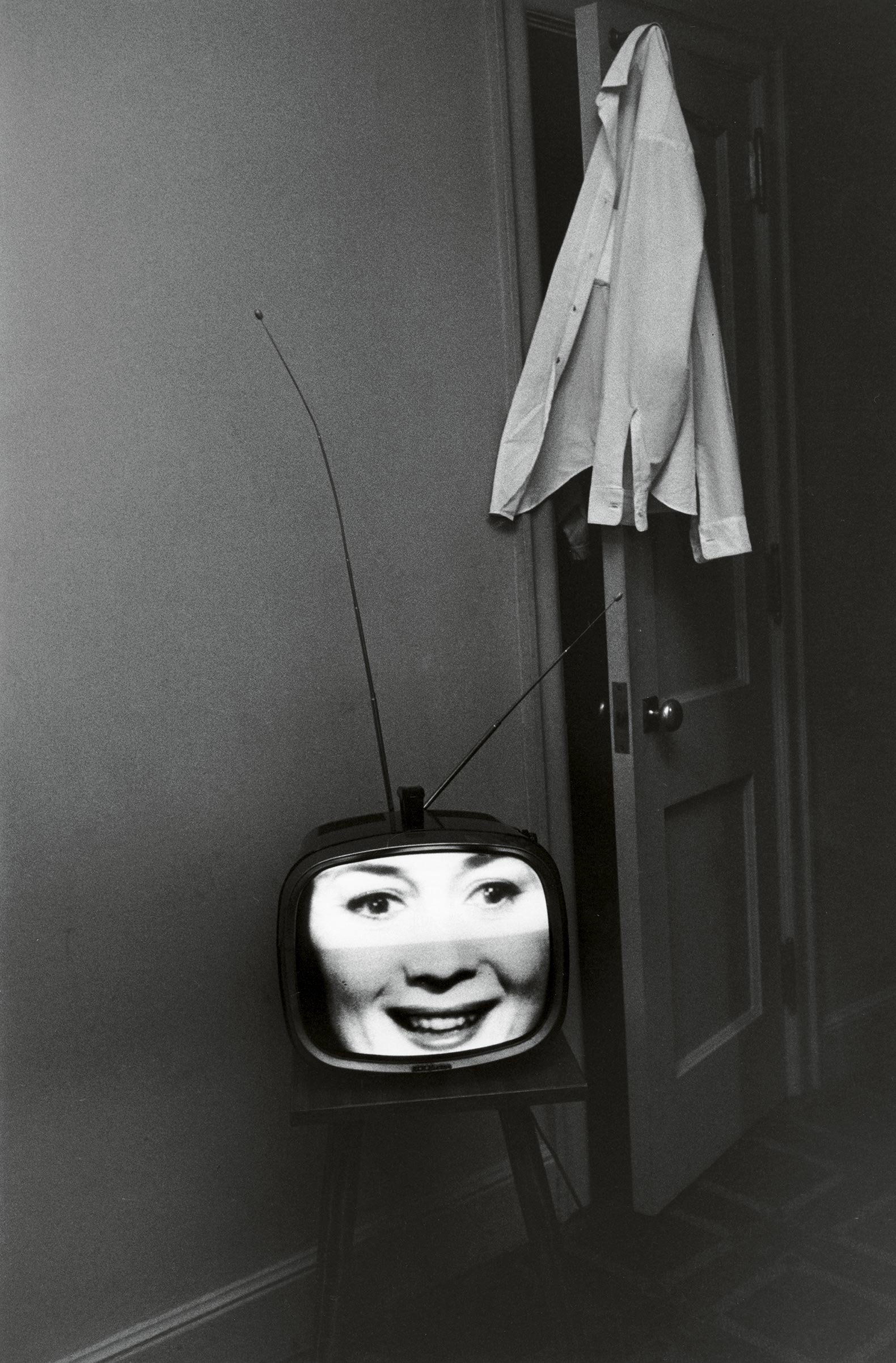


















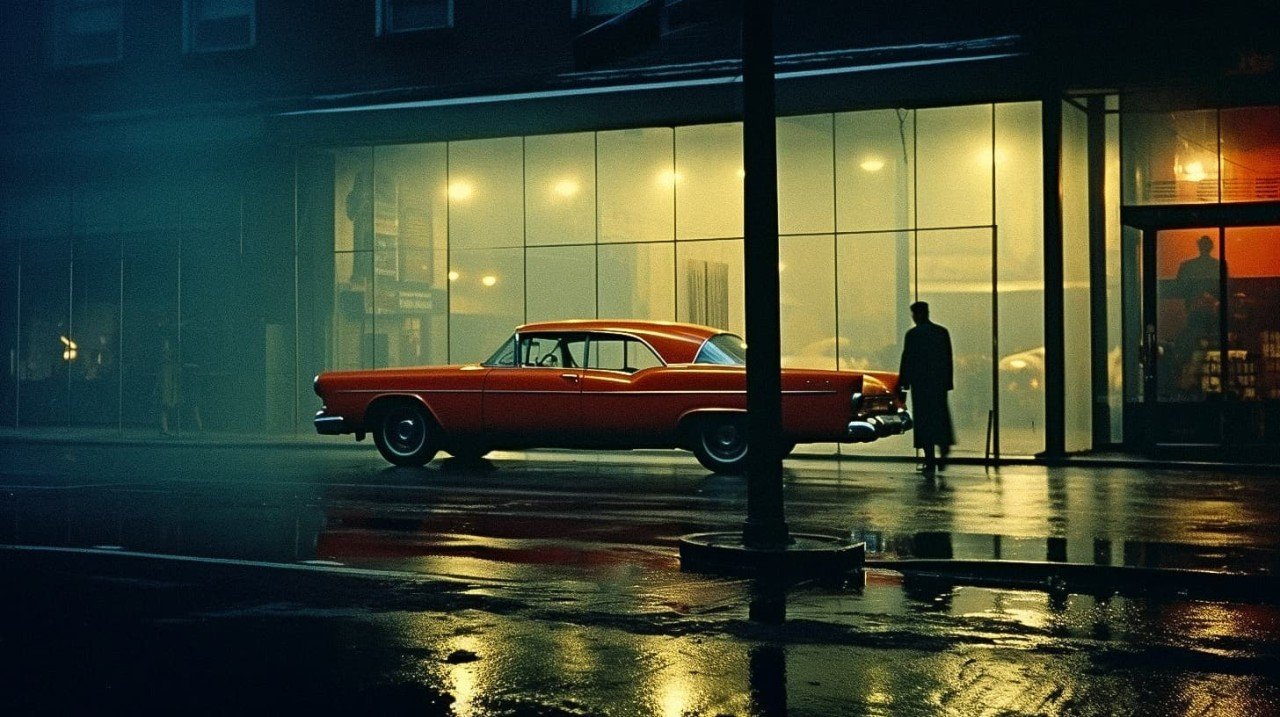


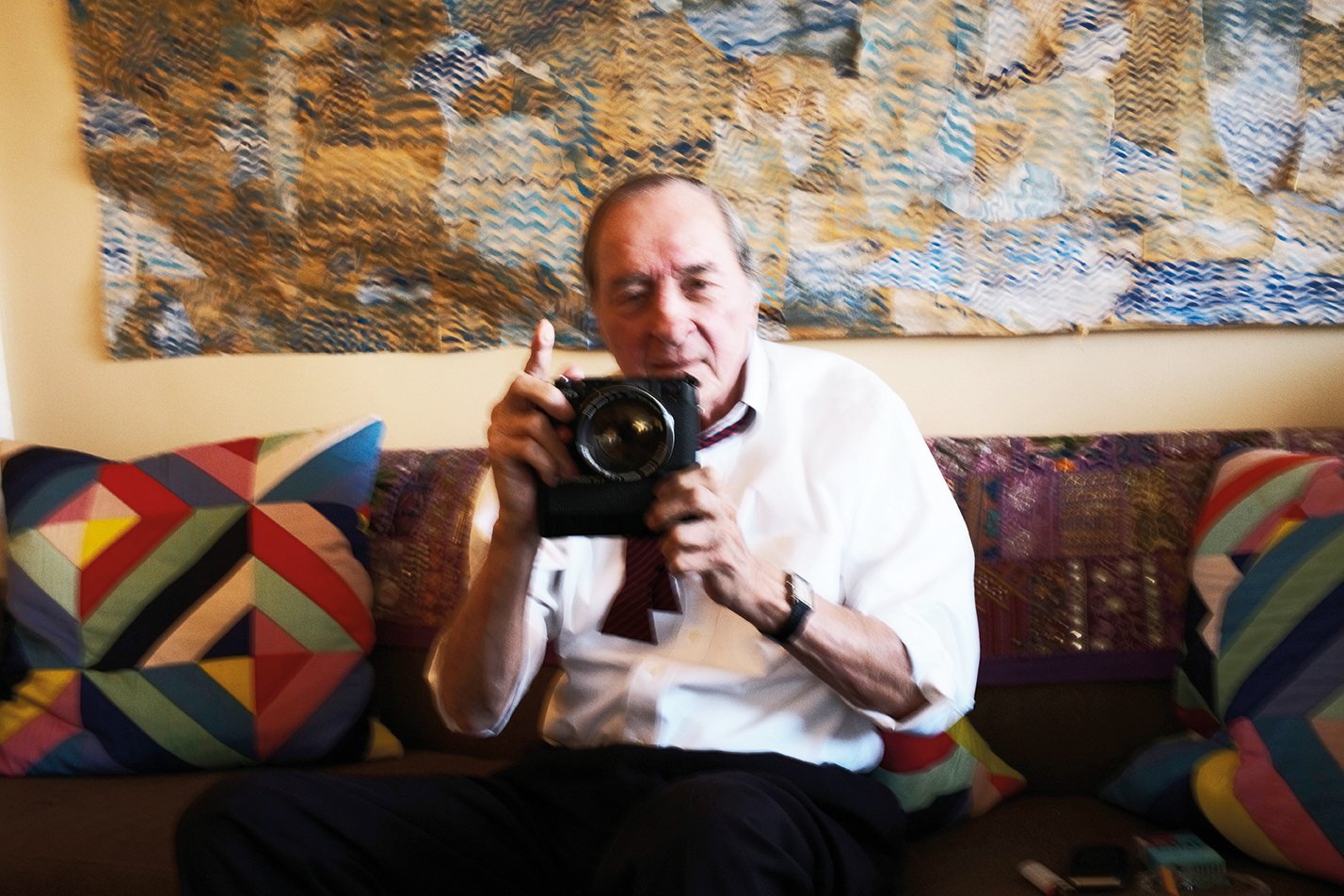


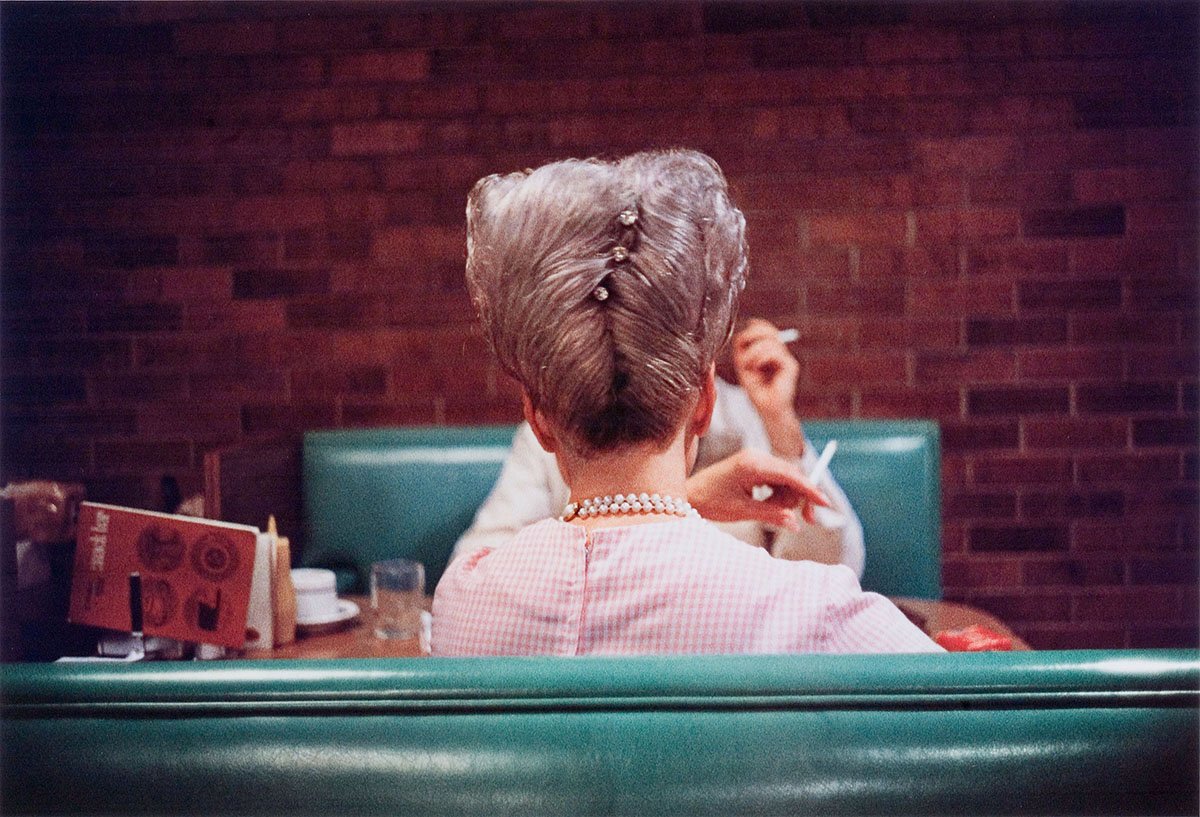






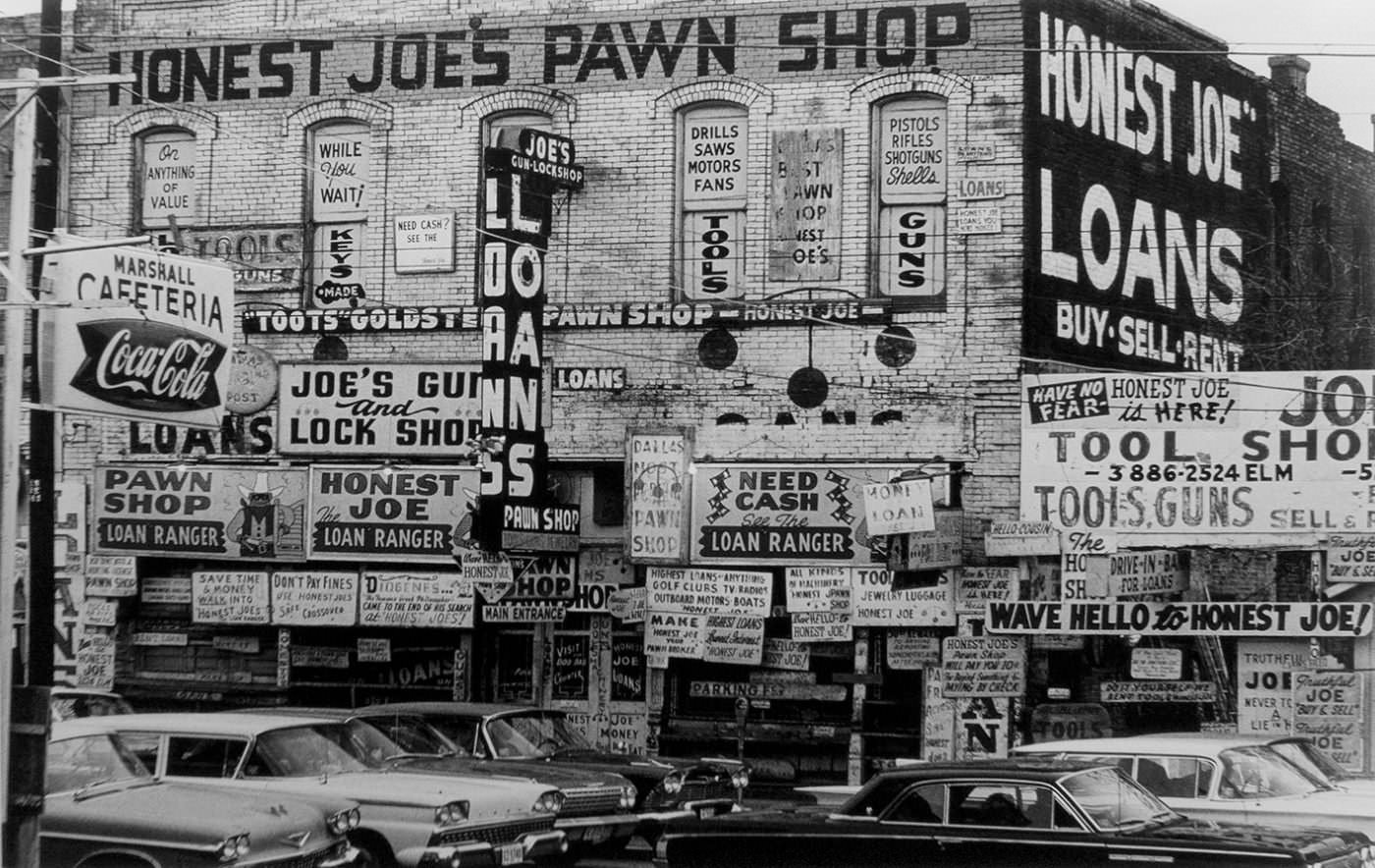














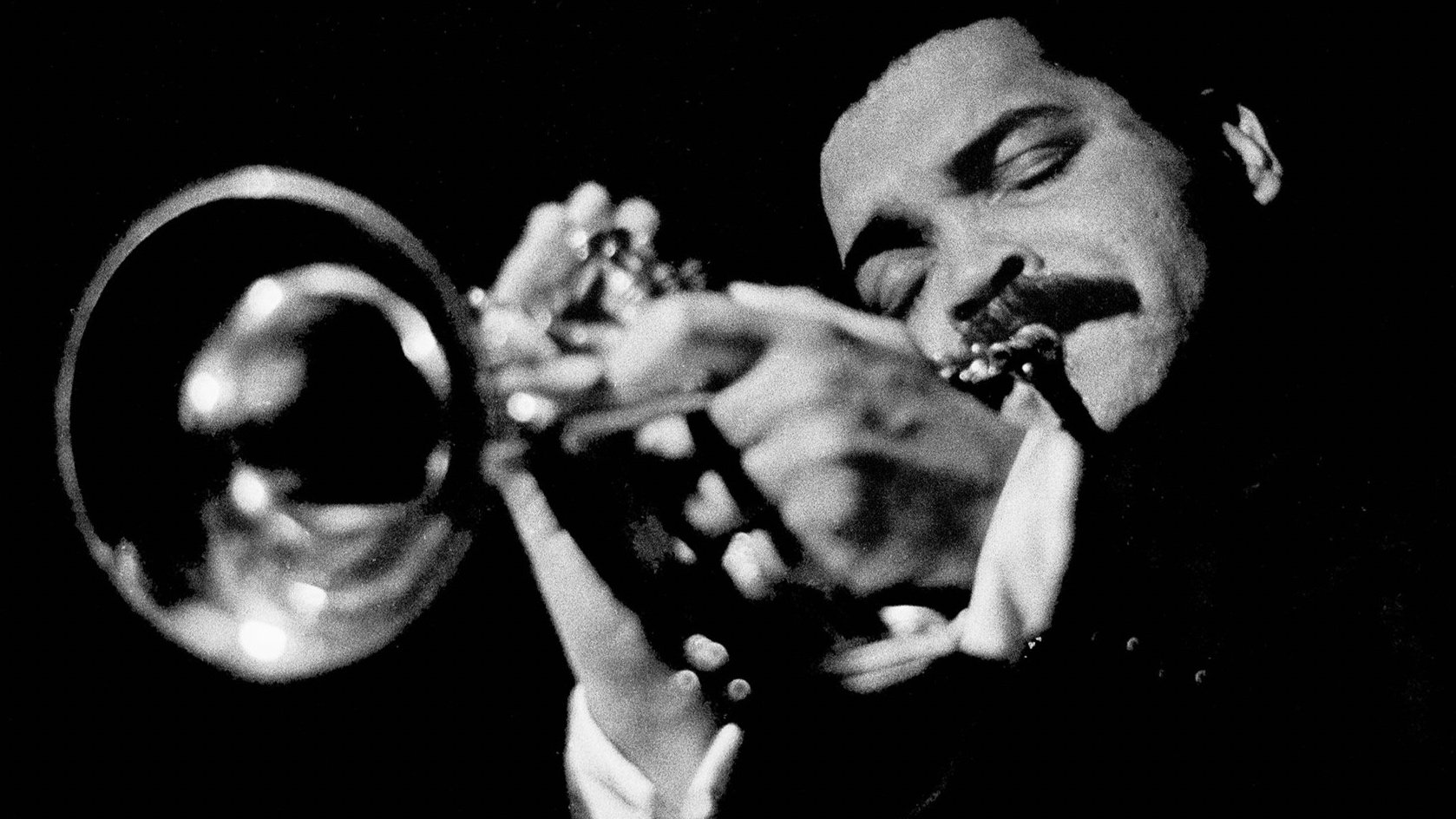









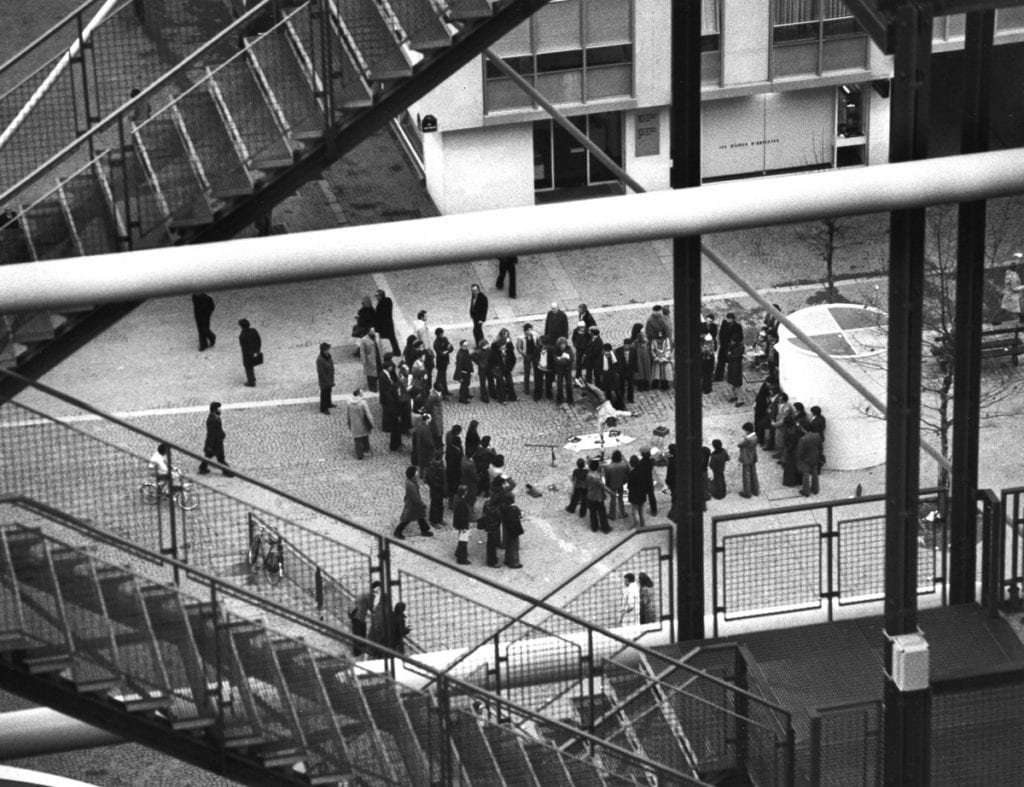

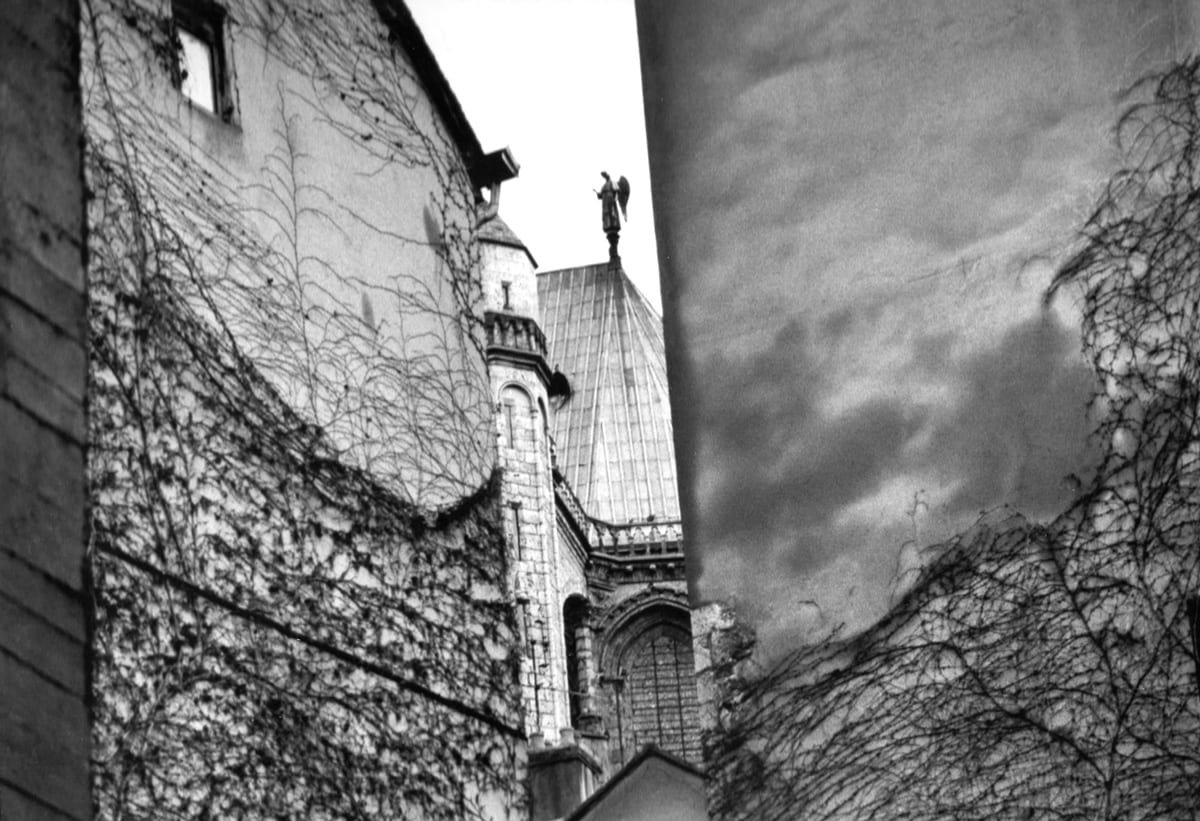













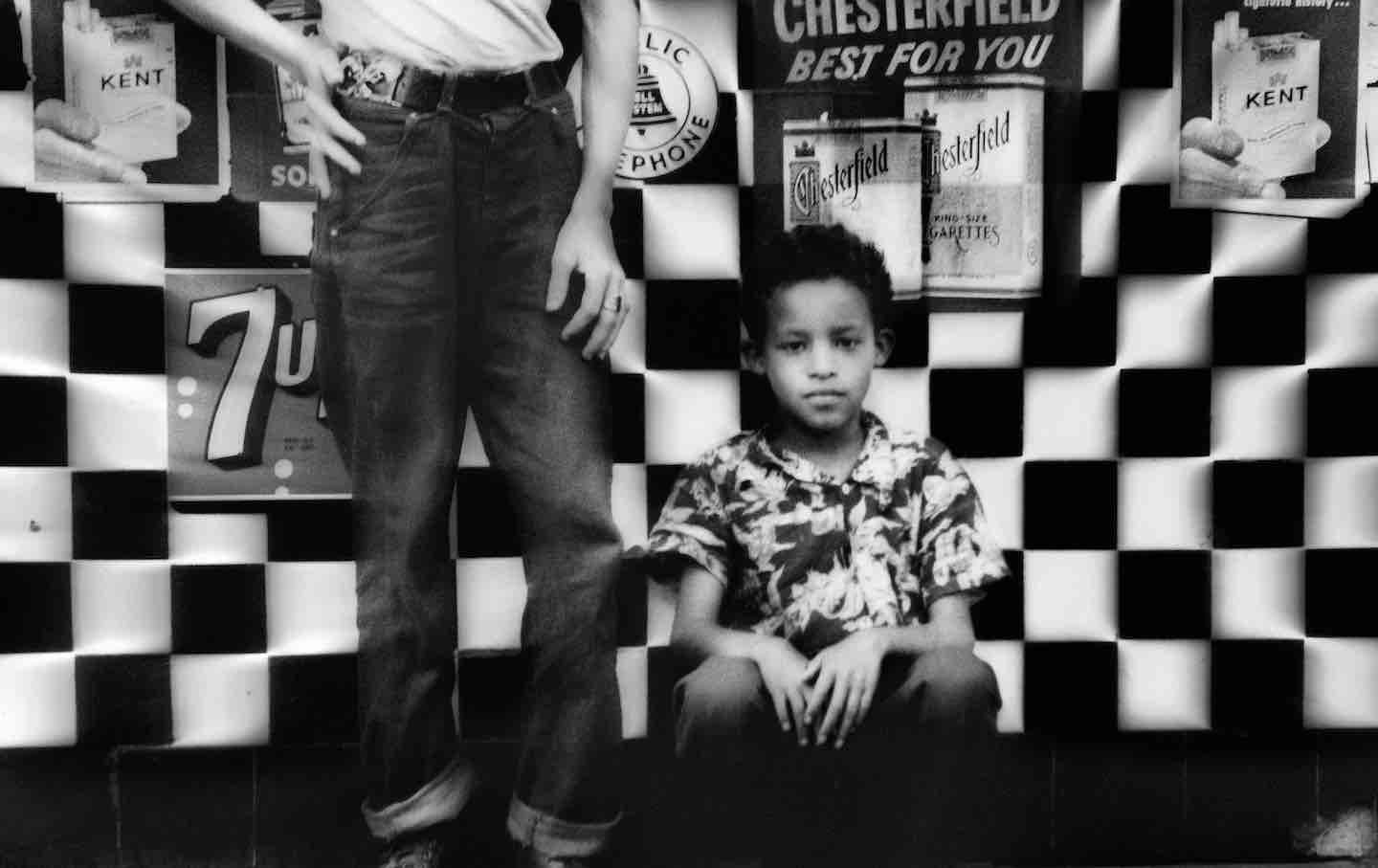
















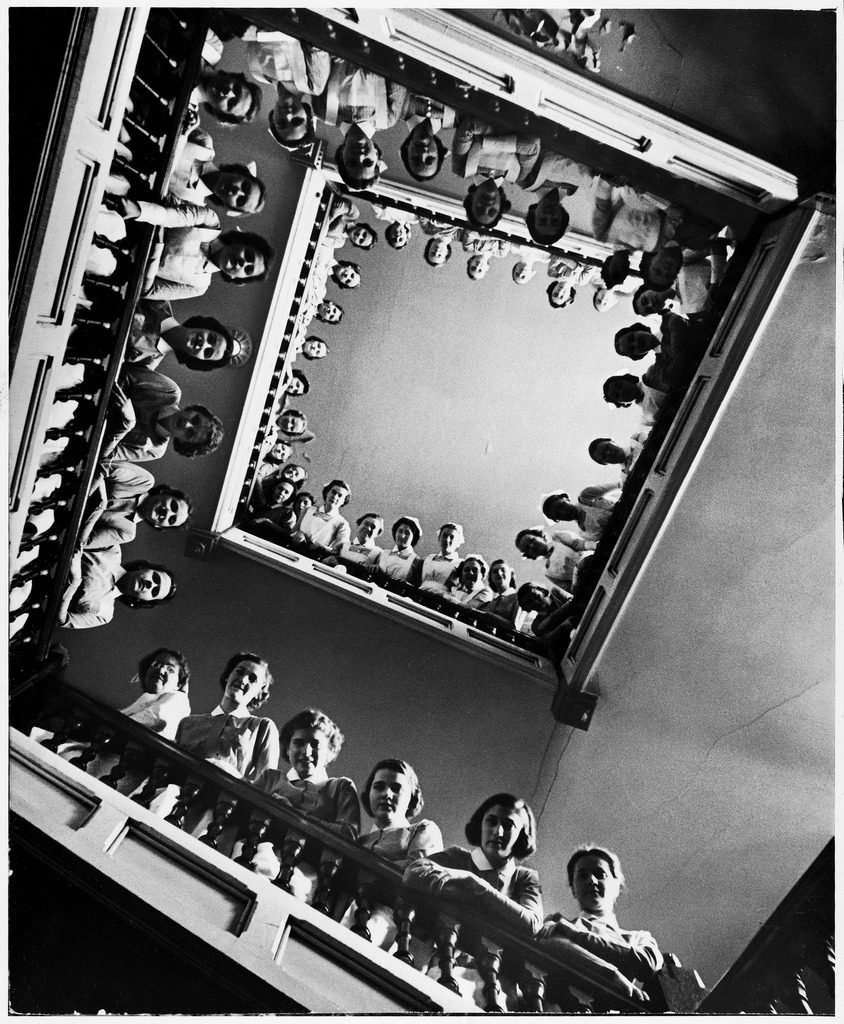
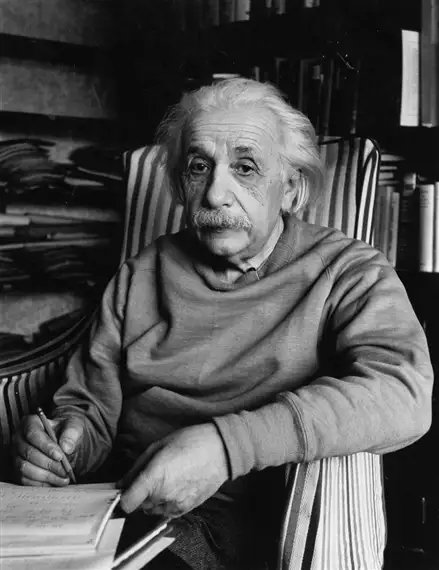


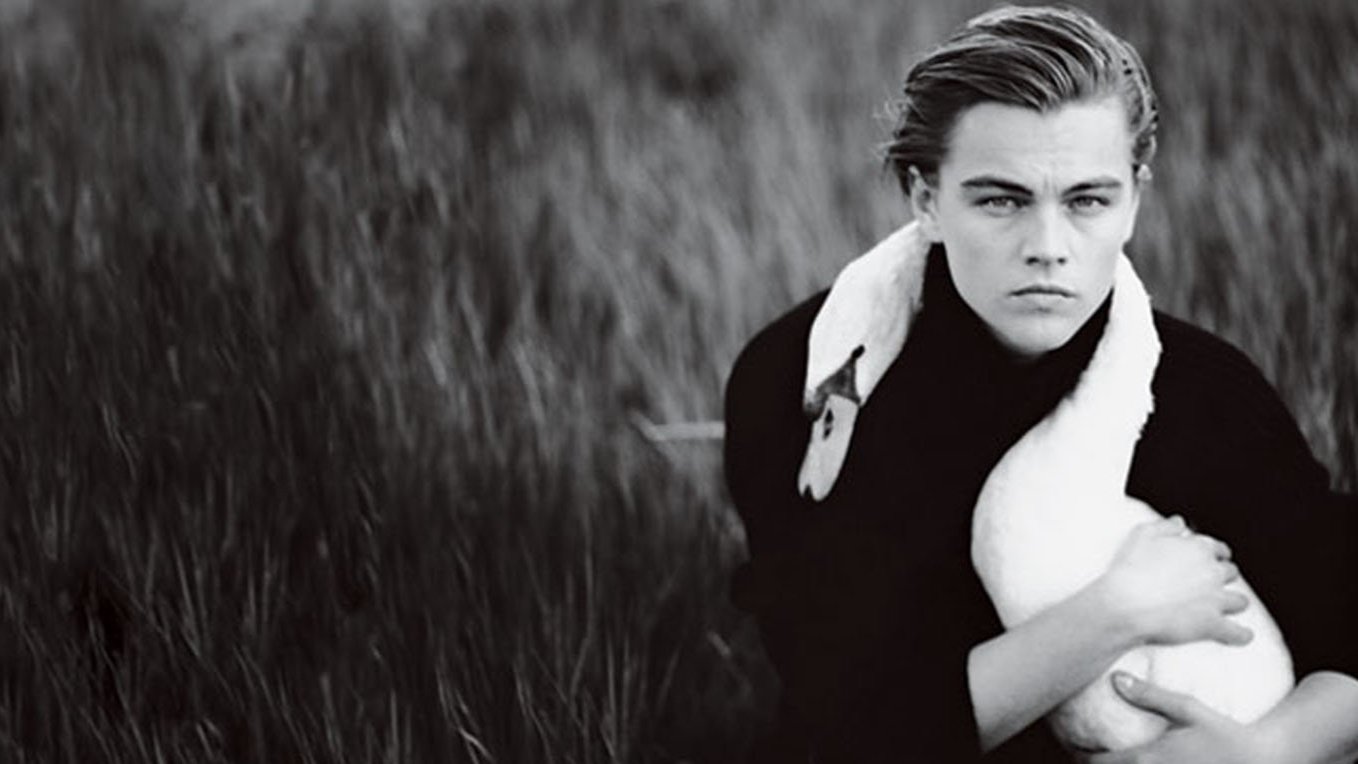
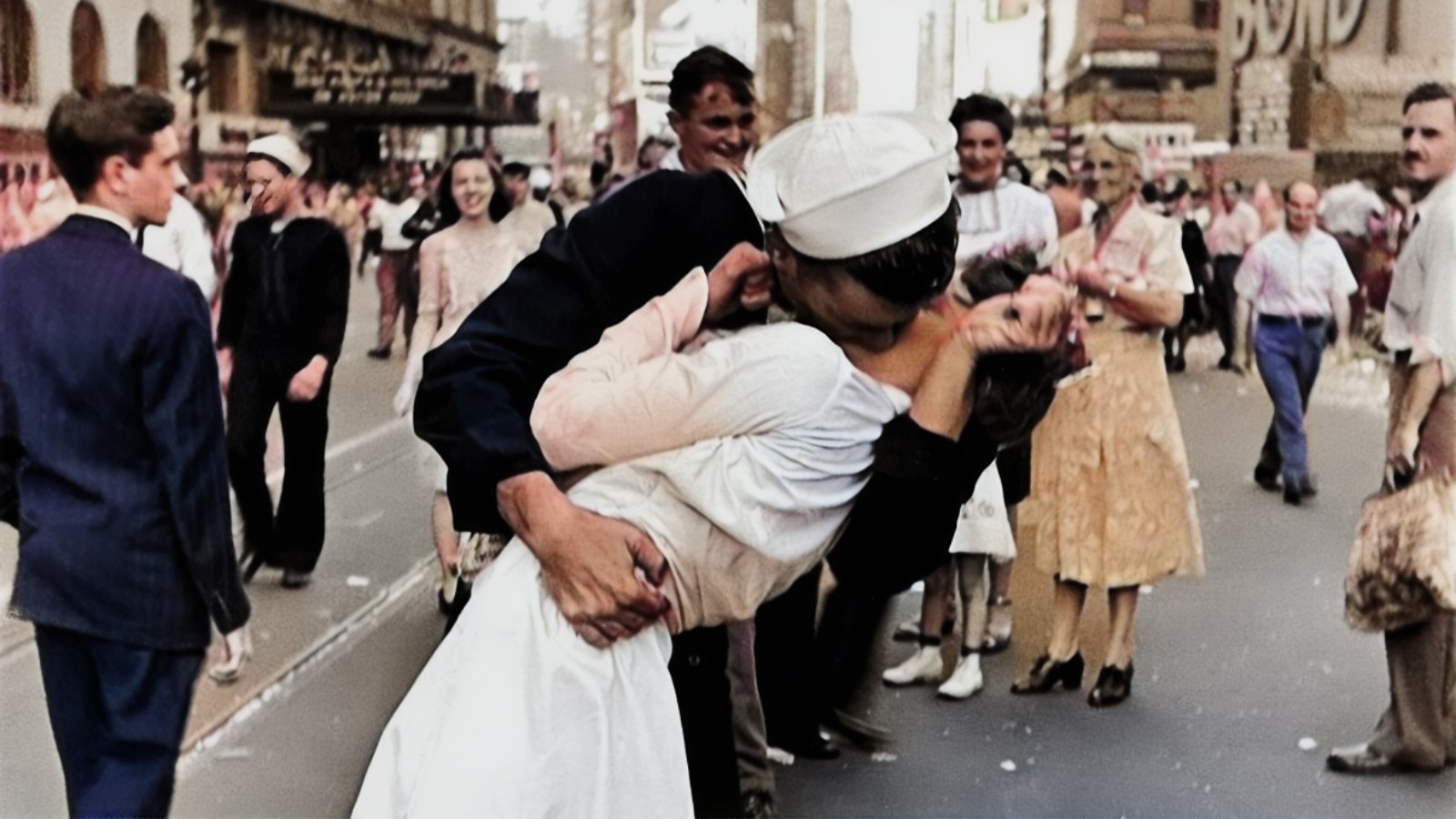



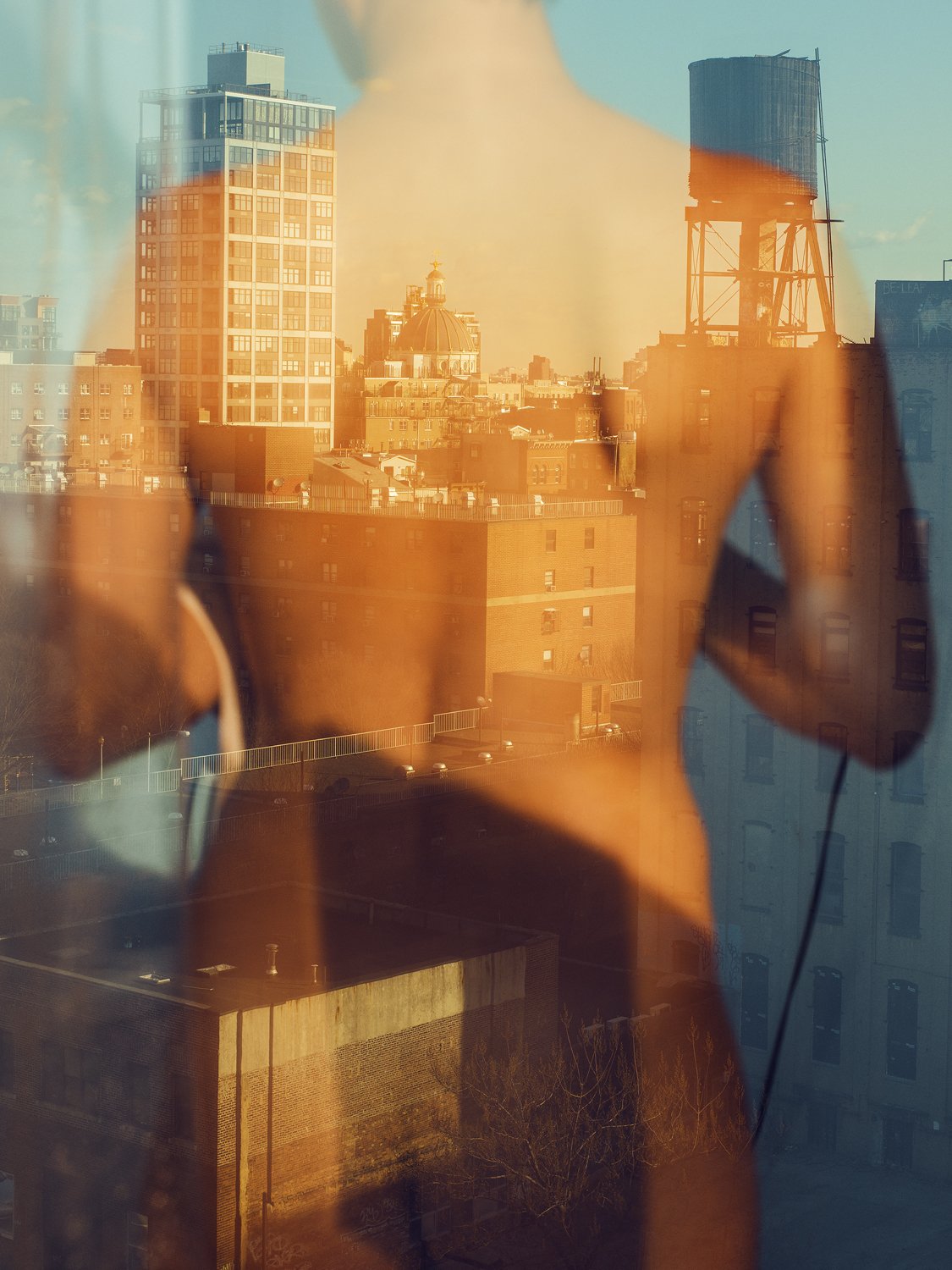




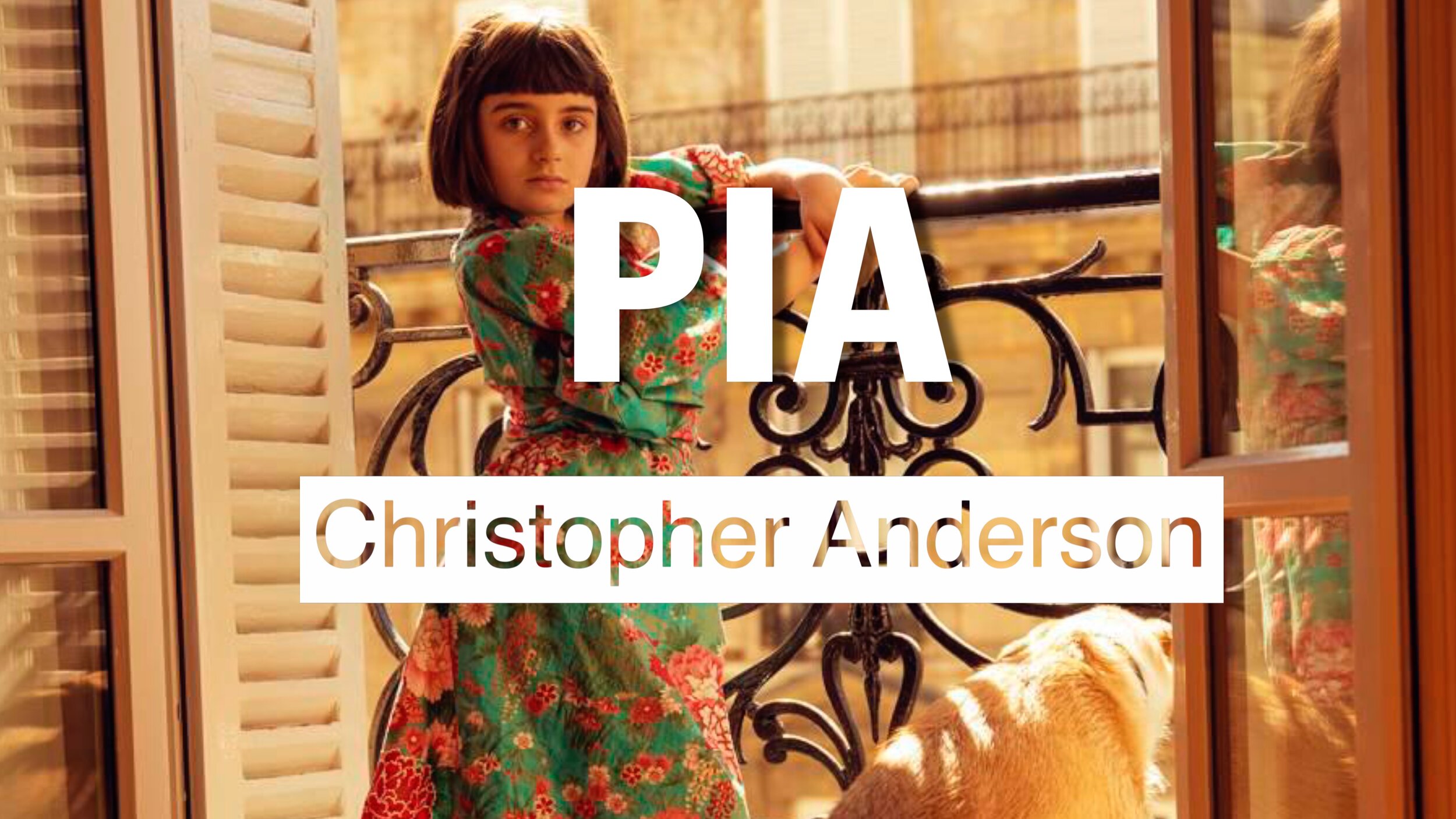












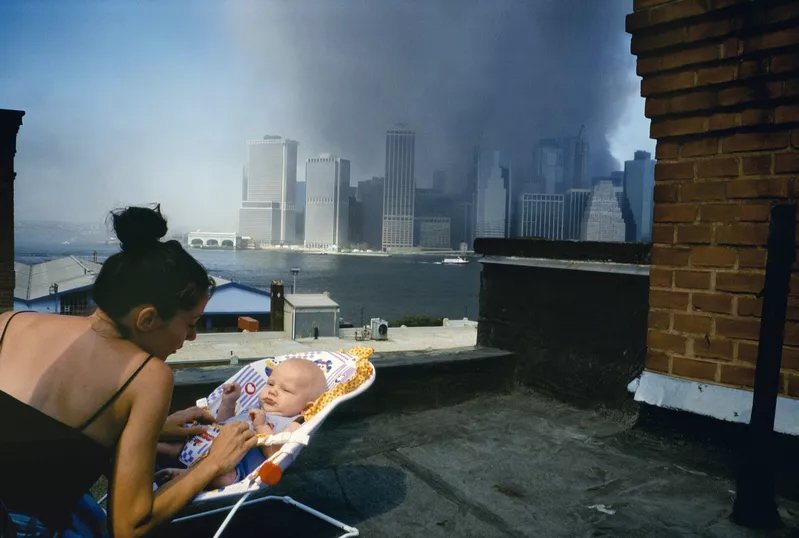















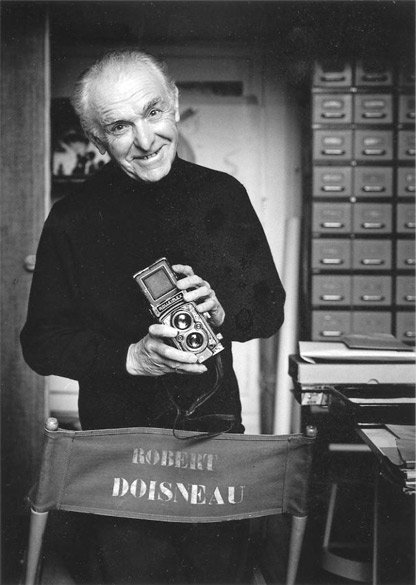








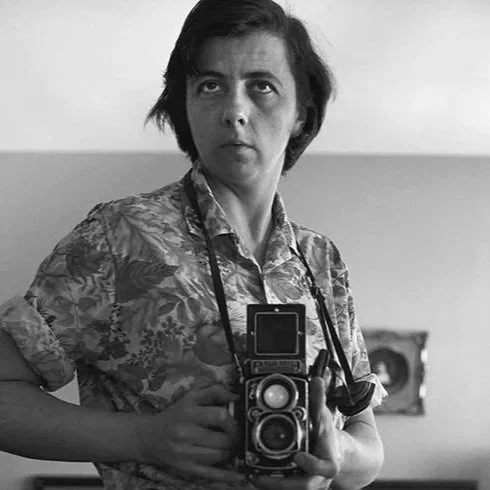






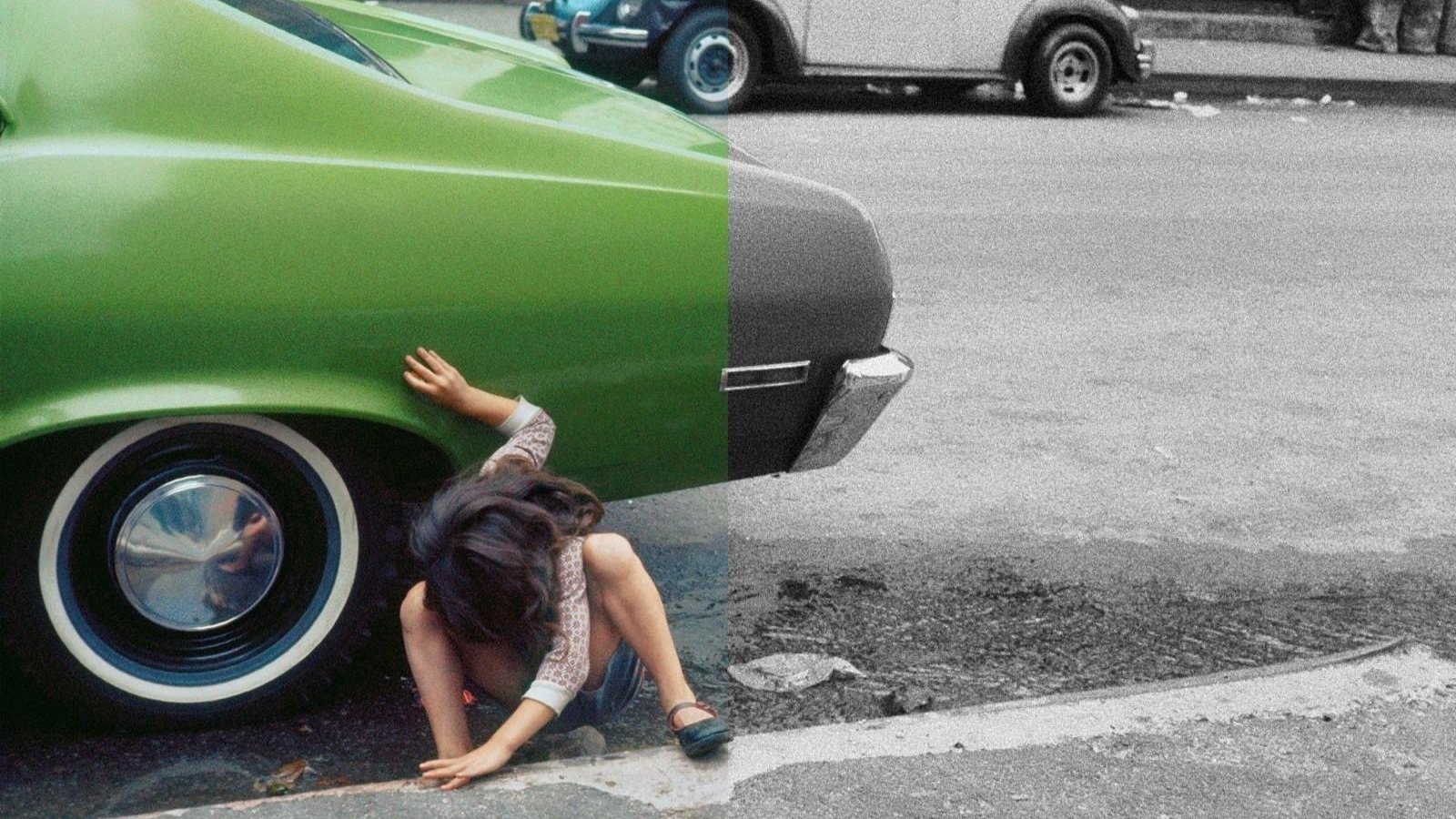






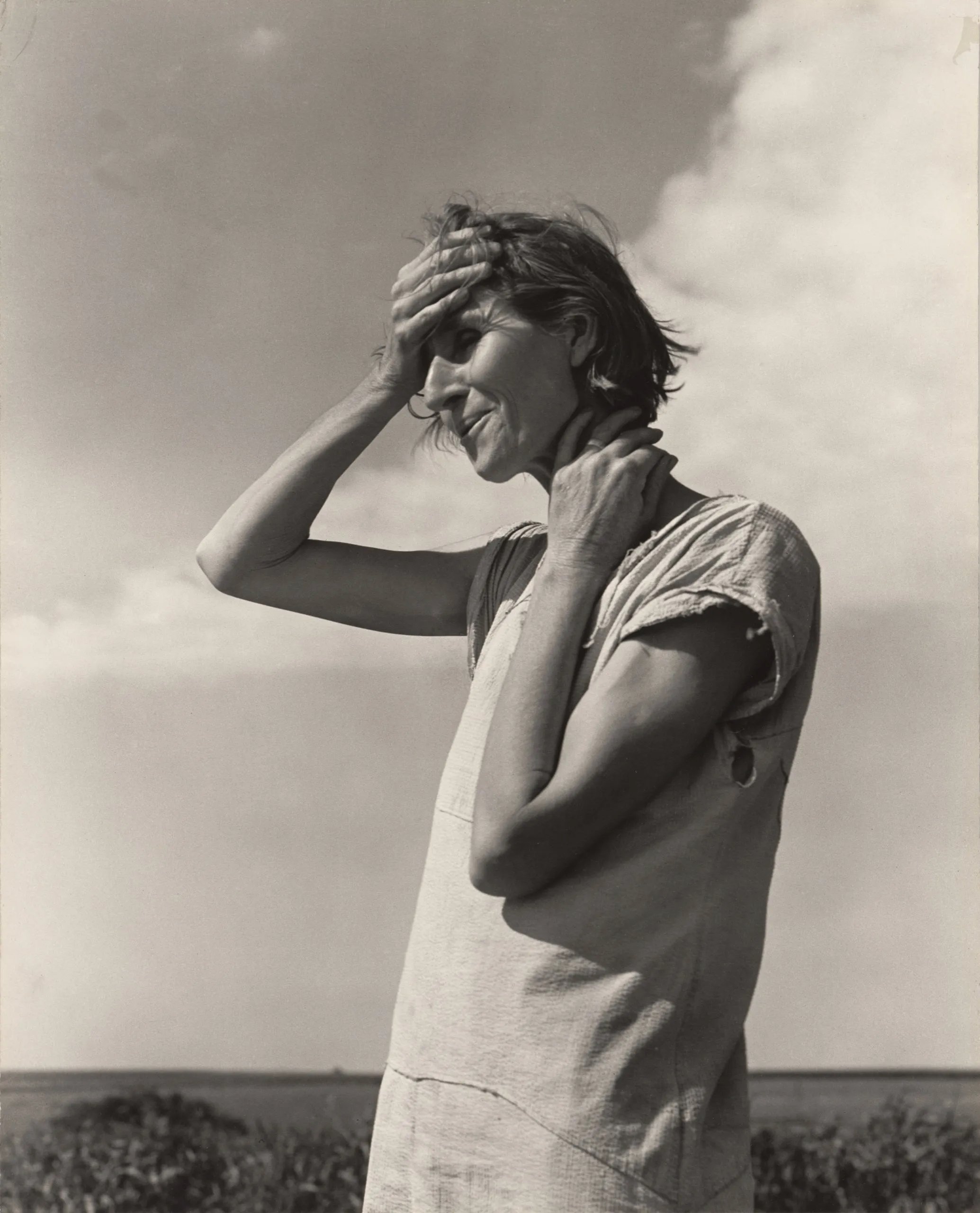


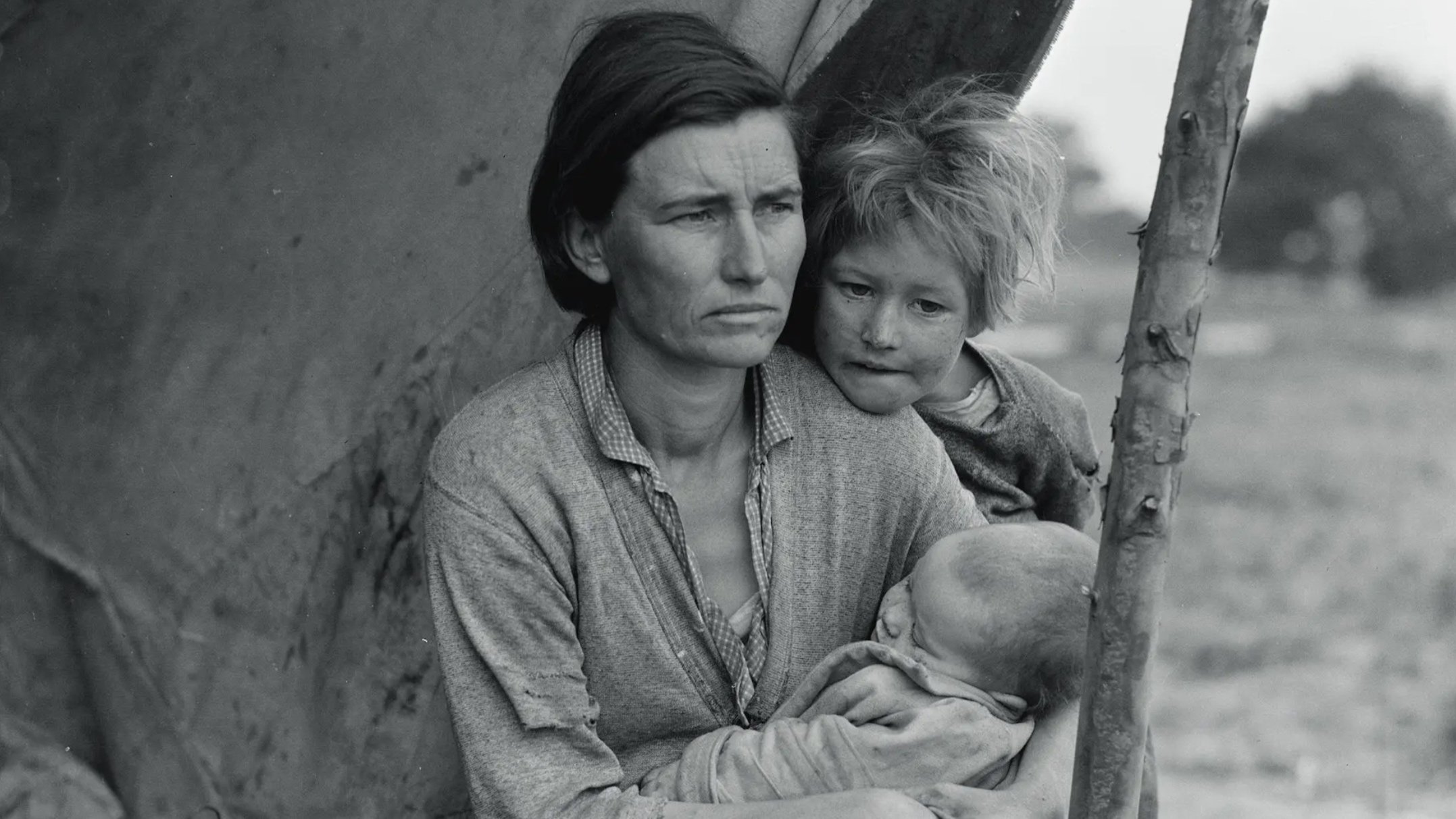

Donec id justo non metus auctor commodo ut quis enim. Mauris fringilla dolor vel condimentum imperdiet.